 |
 |
 |
 |
 |
 |
 |
 |
 |
 |
 |
| Last Updated: Mon Feb 11 18:47:58 UTC 2019 |
 |
 |
 |
 |
 |
 |
 |
 |
 |
 |
 |
| Last Updated: Mon Feb 11 18:47:58 UTC 2019 |
Sigma AF 400mm f/5.6 APO (1988-1995) Test and Sample Images |
||||||||||||||||||||||||
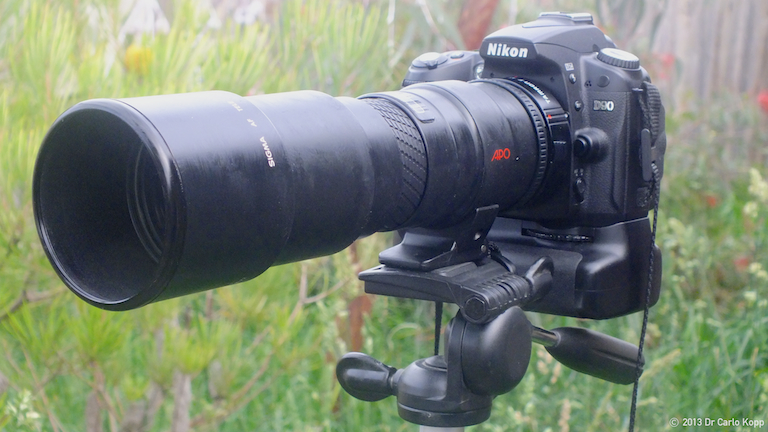 Sigma AF 400mm f/5.6 APO Lens with Tamron-F 1.4XN MC4 mounted on a Nikon D90 (HS20EXR). 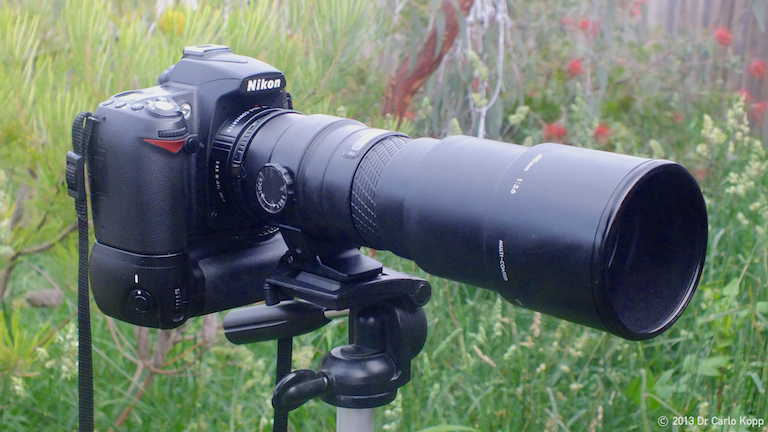 |
||||||||||||||||||||||||
Sigma AF 400mm f/5.6 APO Lens Specifications / Performance Data |
||||||||||||||||||||||||
The Sigma AF 400mm f/5.6 APO
super-telephoto lens was introduced in 1988, and replaced in 1995 by
the larger, and slightly better performing Sigma AF 400mm f/5.6 APO
Macro DG series. This makes it a relic of the first generation of
autofocus lenses. The lens is a sibling to the longer Sigma
AF 500mm f/7.2 APO super-telephoto, and shorter Sigma
AF 300mm f/4.0 APO telephoto lenses. More recently all of these
lenses have been replaced by stabilised telephoto zoom lenses, with
400mm and 500mm maximum focal lengths. The only surviving offering for
a mainstream DSLR body in this class is the highly regarded Canon
EF 400mm f/5.6 USM L prime.
The attractions of these exotic relic super-telephoto prime lenses are in low cost for very good optical performance, simplicity, reliability, and importantly, low weight making them comfortable for handheld use in field conditions. The biggest drawback of these 18 to 25 year old lenses is in their typical condition, exacerbated by the known propensity for the styrene-polybutadiene “Zen” rubber surface coating to perish, become sticky, and in severe cases, separating from the surface and remaining on the user's fingers. The sample I recently acquired was heavily discounted due to the coating being in the initial stages of breakdown, which required repeated application of an automotive compound for restoring aged rubber and vinyl trim to stabilise. Given that the only robust review for this family of lenses covers the much newer Canon mount Sigma AF 400mm f/5.6 HSM APO macro variant, I thought that sharing my experiences would encourage others to give some of these exotic relics good homes. The common claims that the newer macro variant of this lens is significantly better in optical performance appear to be overstatements, as test shots using a well calibrated D90 body produce results very similar in sharpness, contrast and chromatic aberration to the plethora of samples available on Flickr, produced by the newer macro variant. Moreover, test results produced by Photozone.de suggest >100 lines/mm peak centre sharpness at f/8.0, which is similar to published performance data for the professional grade manual Mamiya Sekor A 200mm f/2.8 APO and Sekor C 300mm f/5.6N ULD primes. Test shots using the Sigma AF 400mm f/5.6 APO yield similar sharpness and contrast to the Mamiya primes, using the same D90 body and test targets. The conclusion to be drawn is that a definitive comparison could only be produced by testing both Sigma primes on the same DSLR body, using a test rig and chart and proper analysis software, and importantly, ensuring that both lenses are representative samples, rather than unusually sharp or soft samples from the statistical extremities of the population. An interesting observation is that the old and new variants show very low variations in sharpness between f/5.6 and f/11.0, making these easy lenses to use, unlike many primes with pronounced sharpness peaks, which force careful aperture management - the latter a common problem for inexperienced or amateur users. Common complaints about the shaft driven autofocus being unusually slow are odd, since the autofocus speed is competitive against many other designs I have used, and better than some. Alleged problems with lock performance under low light conditions are no different than observed with other telephoto primes - some very sharp lenses will challenge some autofocus system designs. The only conditions under which autofocus acquisition and lock performance were marginal were under poor lighting, with a Tamron-F 1.4XN MC4 teleconverter. Overall, this is a well behaved and easy to handle lens, with optical performance typical for lightweight professional grade telephoto primes. For a lens which typically retails between US$150 and US$200, that makes it a bargain for anybody prepared to handle the lens professionally, and not insisting on creature comforts like an internal focus motor and stabilisation, or zoom capability. Additional testing, during September, 2013, using the Nikon D800 is detailed in Annex A. Further testing in January, 2014, using the Nikon D7100 is detailed in Annex B. References:
|
||||||||||||||||||||||||
Annex A Sigma AF 400mm f/5.6 APO / Nikon D800 DSLR TestsAnnex B Sigma AF 400mm f/5.6 APO / Nikon D7100 DSLR TestsAnnex
C Sigma AF 100-300mm f/4 EX IF HSM APO / D7100 Comparative Test
|
||||||||||||||||||||||||
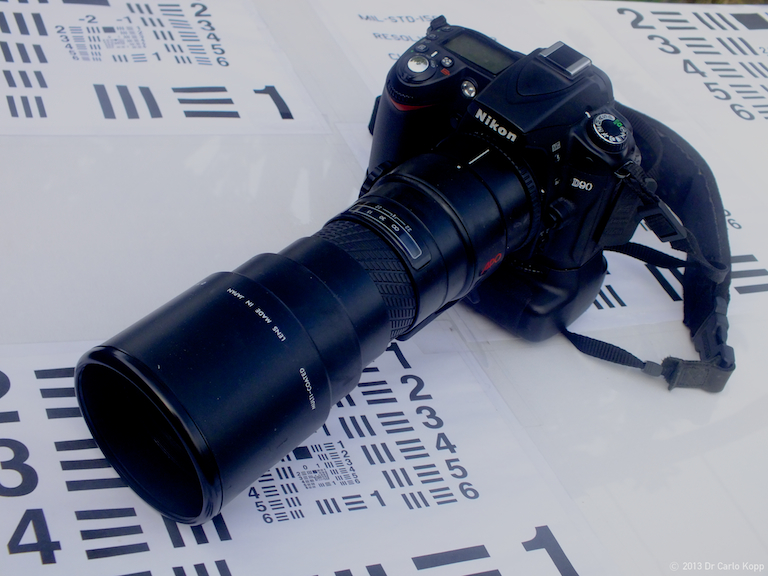 Sigma AF 400mm f/5.6 APO Lens
mounted on a Nikon D90 (HS20EXR).
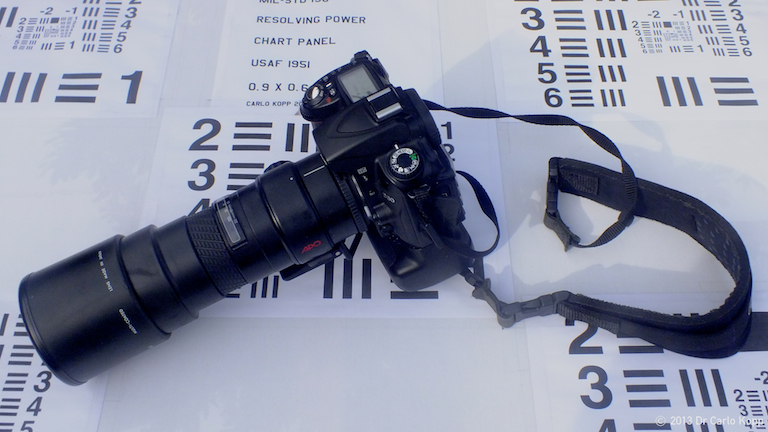 |
||||||||||||||||||||||||
Sigma AF
400mm f/5.6 APO Sharpness / D90 Contrast Tests
|
||||||||||||||||||||||||
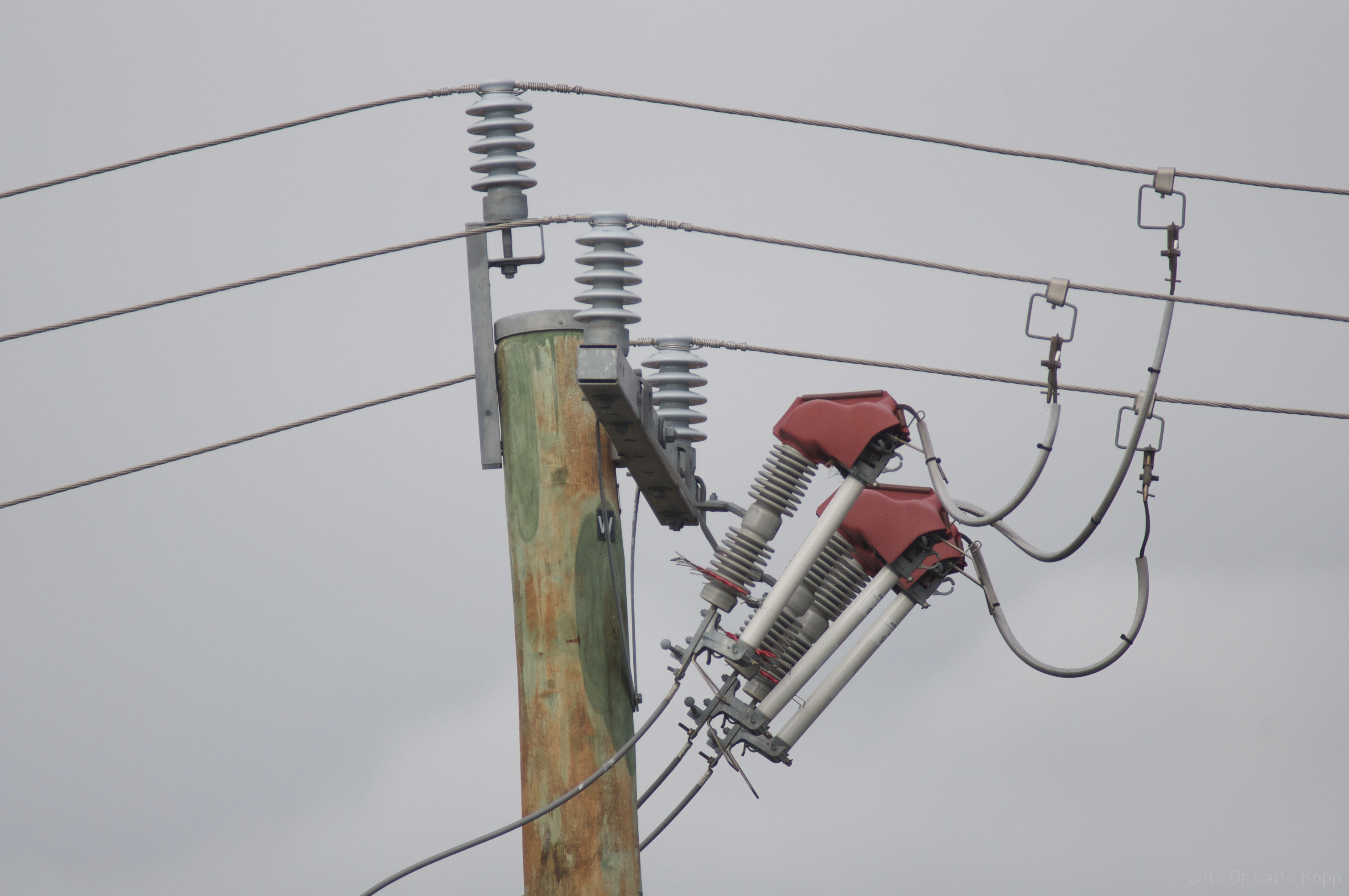 Comparative sharpness test for
progressively decreasing apertures, from wide open at f/5.6 down to
f/13.0. Above, full size sample, below 1:1 crops, viewed in Aperture 3.
The loss of sharpness between f/5.6 and f/13.0
is not pronounced.
 Comparative sharpness test for
progressively decreasing
apertures, from wide open at f/5.6 down to f/13.0. Above, full size
sample, below 1:1 crops, viewed in Aperture 3. The loss of sharpness
between f/5.6 and f/13.0 is not
pronounced.
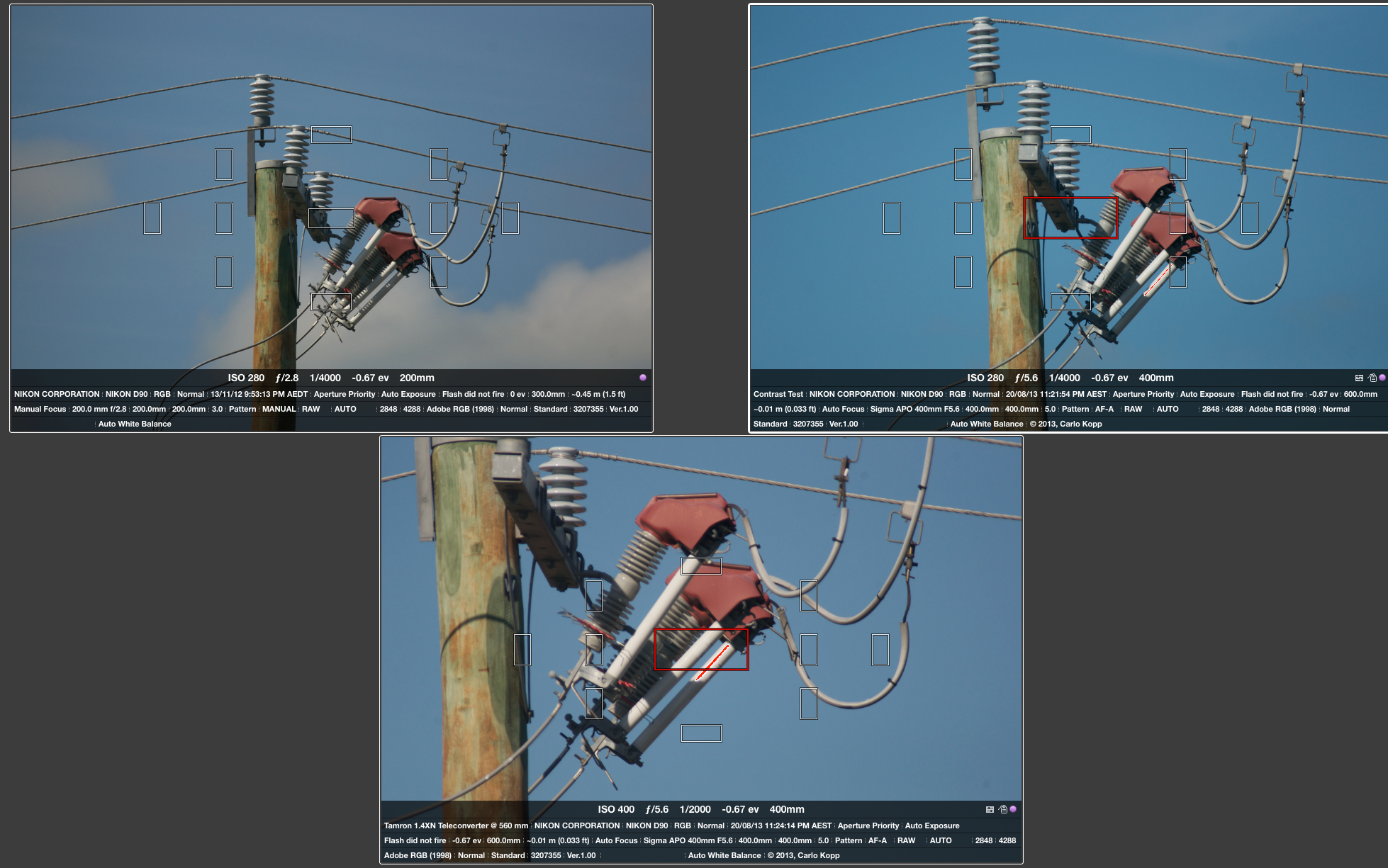 Comparative contrast test for Mamiya
Sekor C 300mm f/5.6N ULD (upper left), Sigma AF 400mm f/5.6 APO (upper
right), and Sigma AF 400mm f/5.6 APO with Tamron 1.4XN MC4
Teleconverter
(below). The contrast performance of the Sigma AF 400mm f/5.6 APO is
very close to the Mamiya Sekor C 300mm f/5.6N ULD, and sharpness is
also comparable - it is like the Mamiya a genuine professional grade
lens both in construction and optical performance. The impact of the
1.4XN teleconverter is not as severe as might be expected, although
there is some loss in contrast, sharpness, and chromatic aberration
performance, but not enough to seriously compromise lens utility.
Comparative contrast test for Mamiya
Sekor C 300mm f/5.6N ULD
(upper left), Sigma AF 400mm f/5.6 APO (upper right), and Sigma AF
400mm f/5.6 APO with Tamron 1.4XN MC4 Teleconverter (below). Results
are
comparable to the preceding test.
Comparative contrast test for Sigma
AF 105mm f/2.8 DG EX Macro @ f/8.0 (upper left),
Mamiya Sekor C 300mm f/5.6N ULD
@ f/5.6 (upper right), Sigma AF 400mm f/5.6 APO (lower left), and Sigma
AF
400mm f/5.6 APO with Tamron 1.4XN MC4 Teleconverter (lower right).
Results
are comparable to the preceding test, noting that the Sigma 105mm f/2.8
lens produces very high contrast.
|
||||||||||||||||||||||||
|
Comparative sharpness test with Tamron-F
1.4XN MC4 teleconverter for
progressively decreasing apertures, from wide open at f/5.6 down to
f/11.0. Above, full size sample, below 1:1 crops, viewed in Aperture 3.
The loss of sharpness between f/5.6 and f/11.0
is also not pronounced, but chromatic aberration is slightly increased.
Contrast is reduced, and sensor noise increased due to the ~1 EV of
reduced transmission.
Comparative sharpness test with Tamron-F
1.4XN MC4 teleconverter for
progressively decreasing apertures, from wide open at
f/5.6 down to f/13.0. Above, full size
sample, below 1:1 crops, viewed in Aperture 3. The loss
of sharpness between f/5.6 and f/13.0
is also not pronounced, but chromatic aberration is slightly increased.
Contrast is reduced, and sensor noise increased due to the ~1 EV of
reduced transmission.
|
||||||||||||||||||||||||
Sigma AF
400mm f/5.6 APO / LP III Monopod
|
||||||||||||||||||||||||
|
Focal Length: 400mm [eq. 600mm in FX] Aperture: f/5.6 - f/8.0 ISO: Auto Nikon Control Law Shutter: Auto Nikon Control Law Metadata: EXIF, IPTC Notes: some images have highlight overexposure corrections with Aperture 3 |
||||||||||||||||||||||||
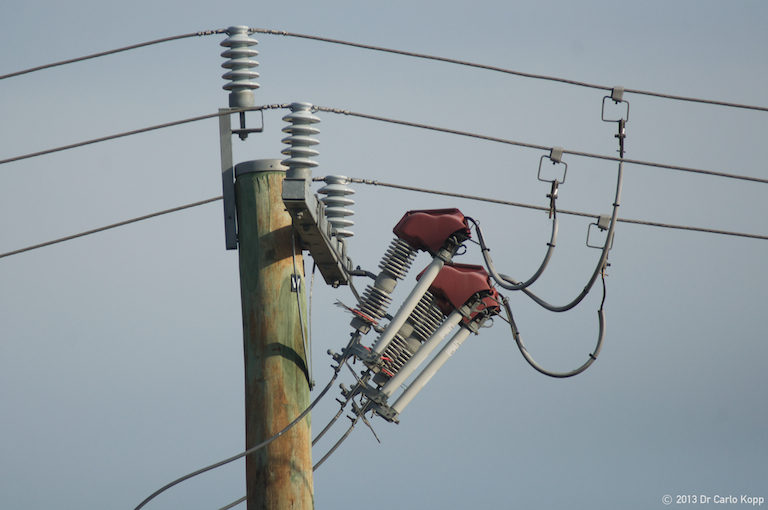 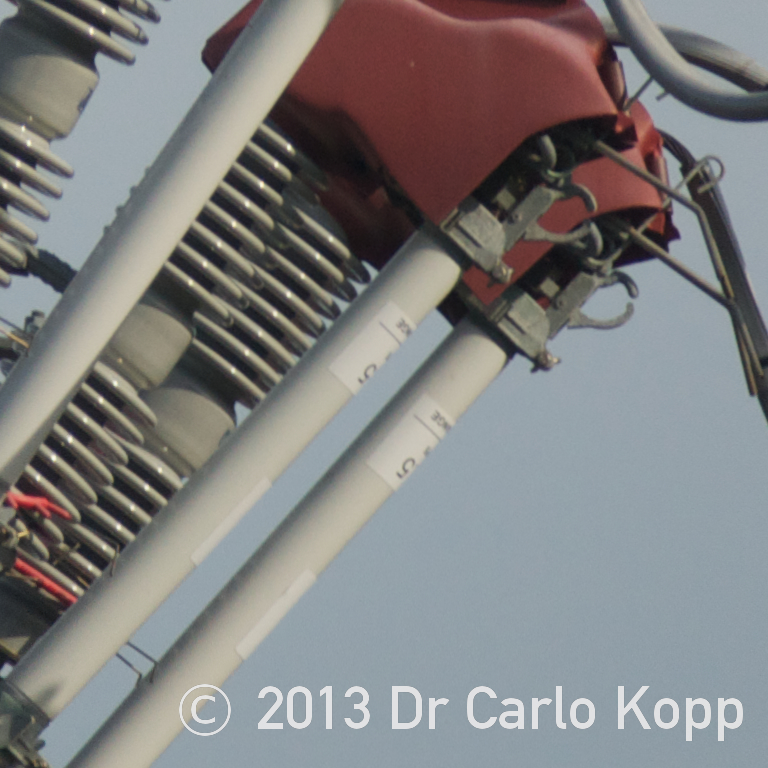 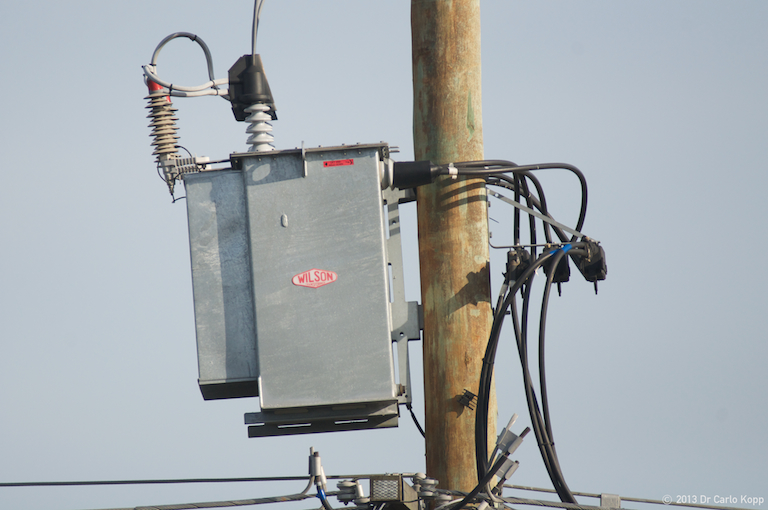 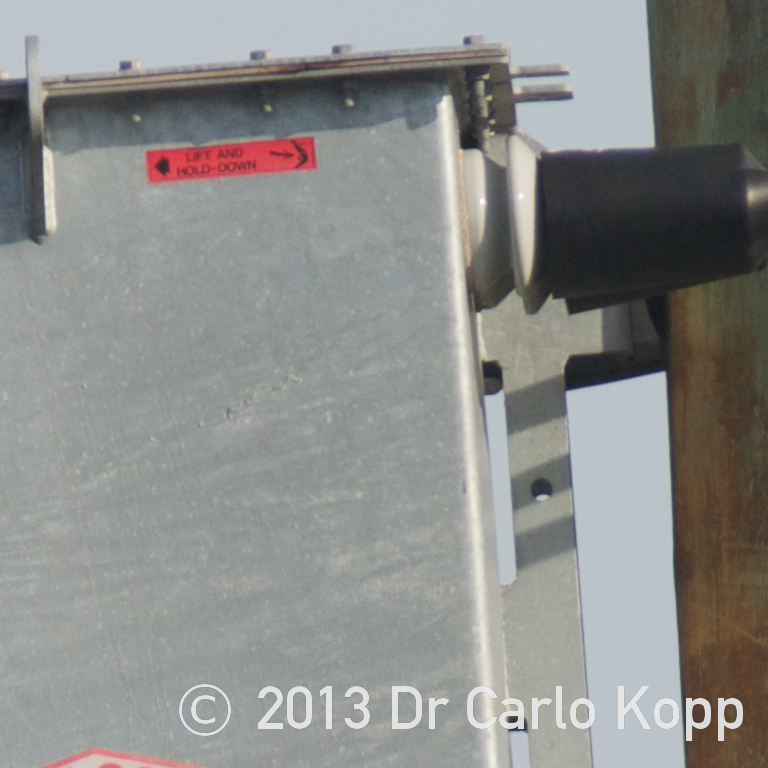 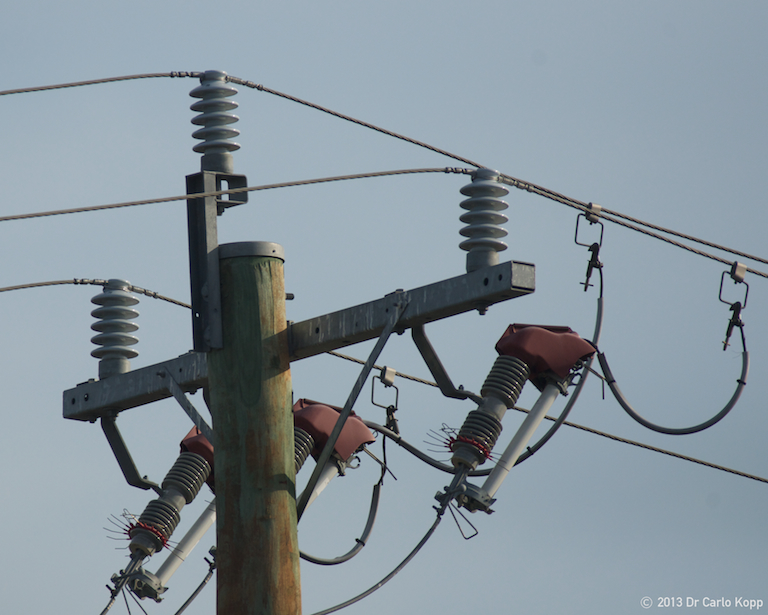 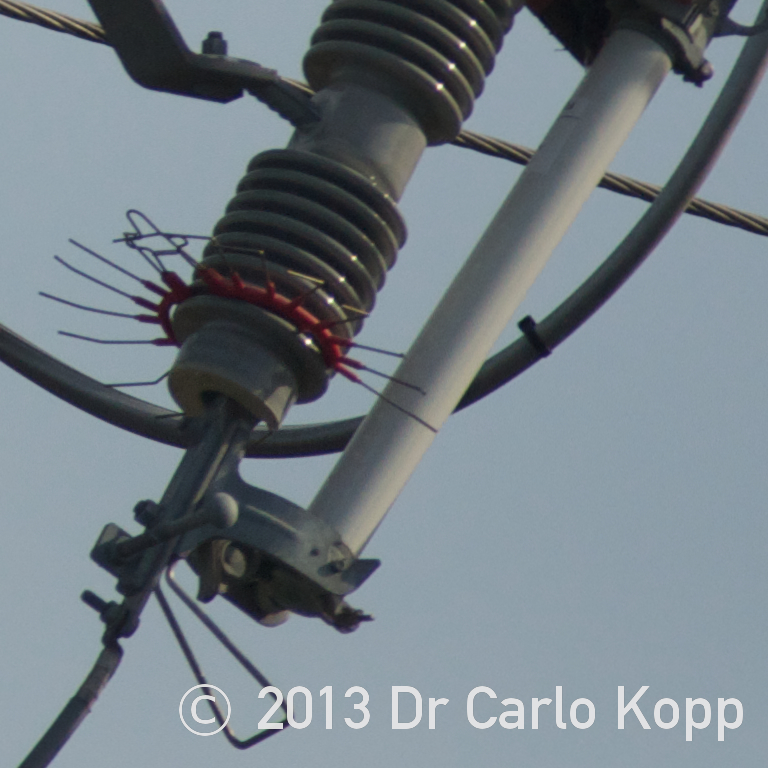 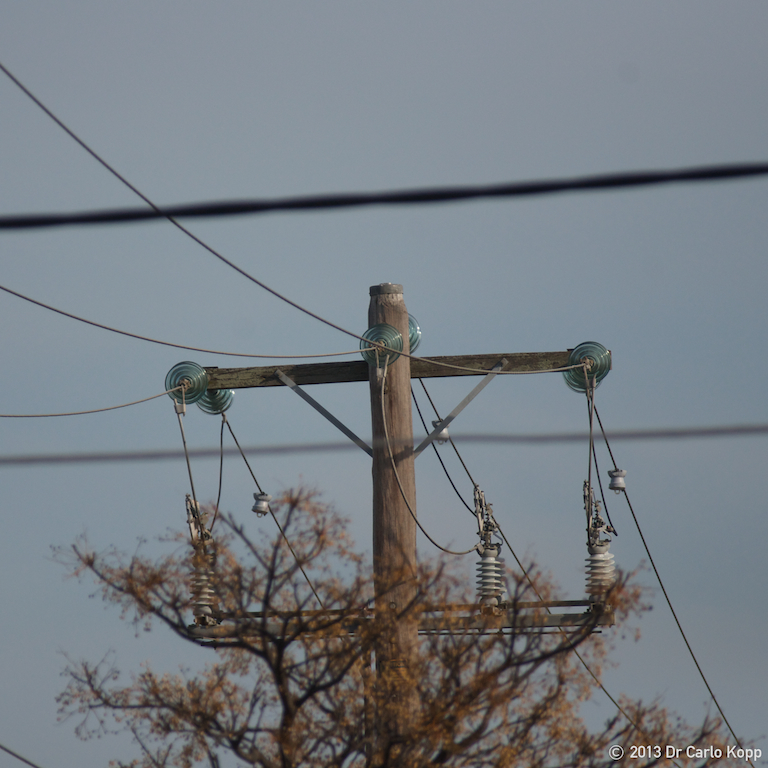 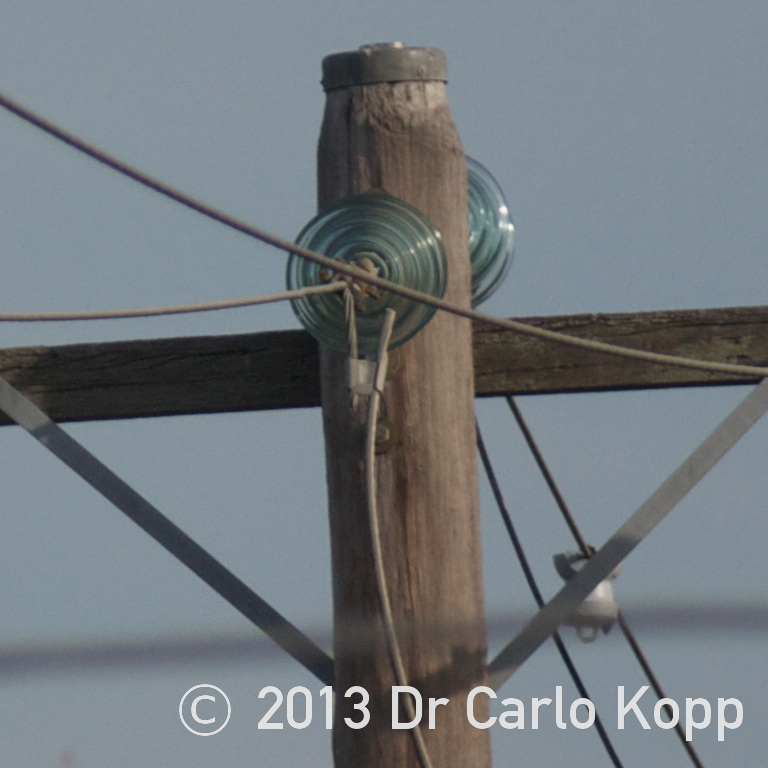 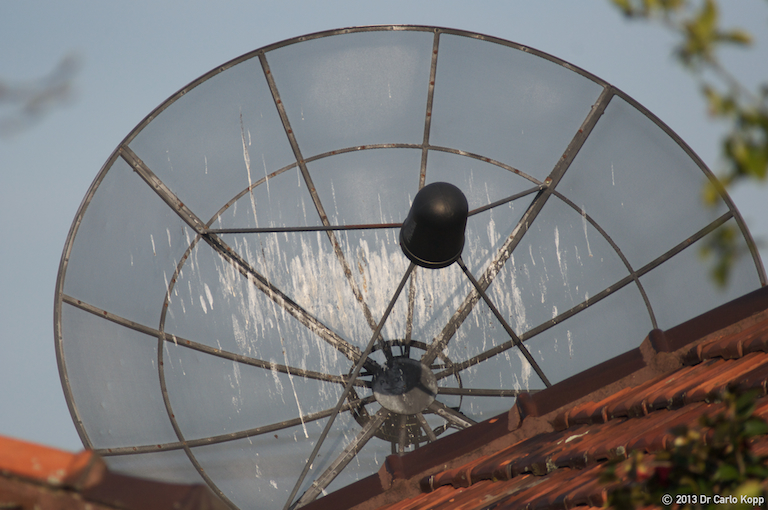 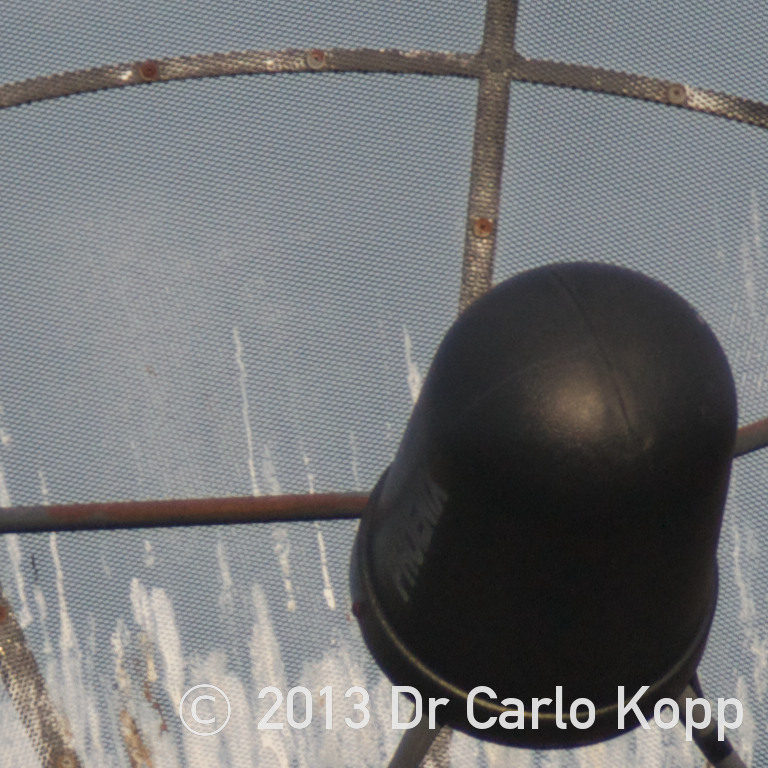 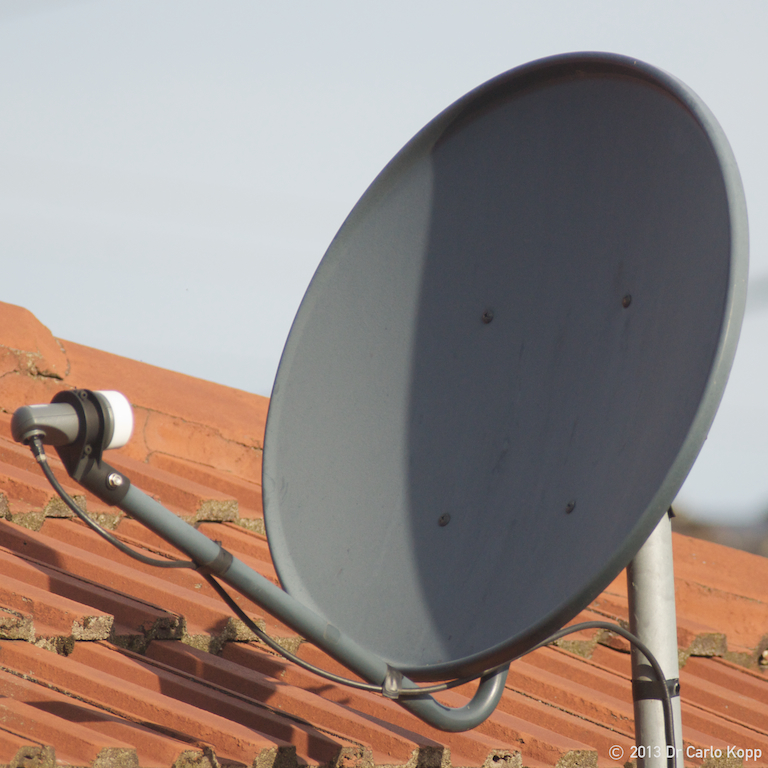 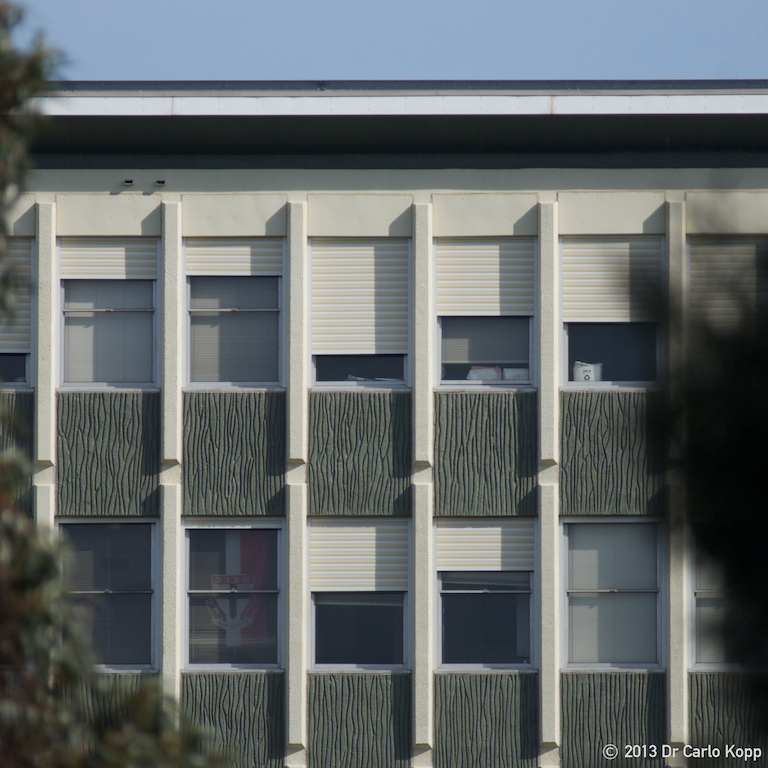 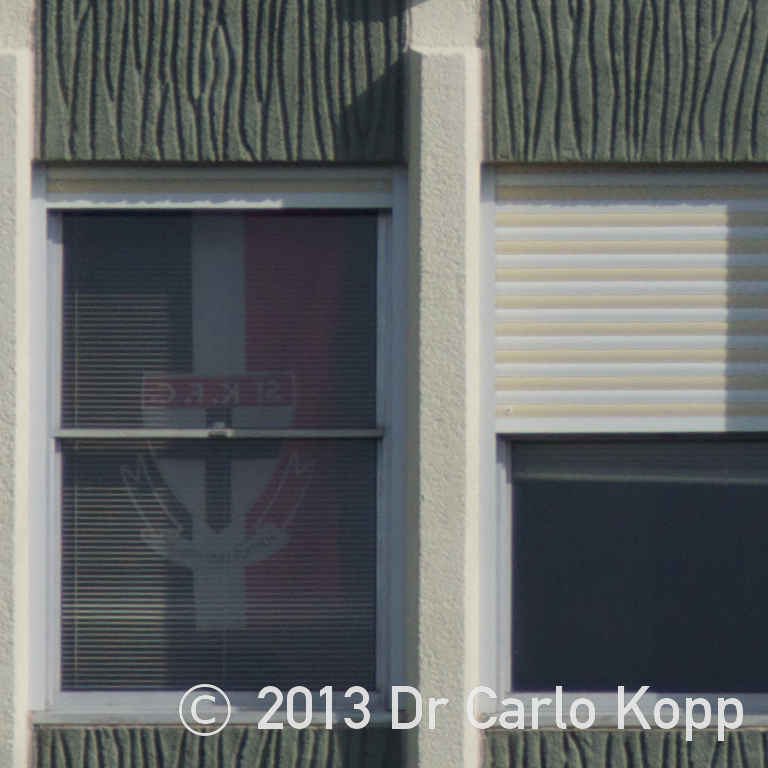 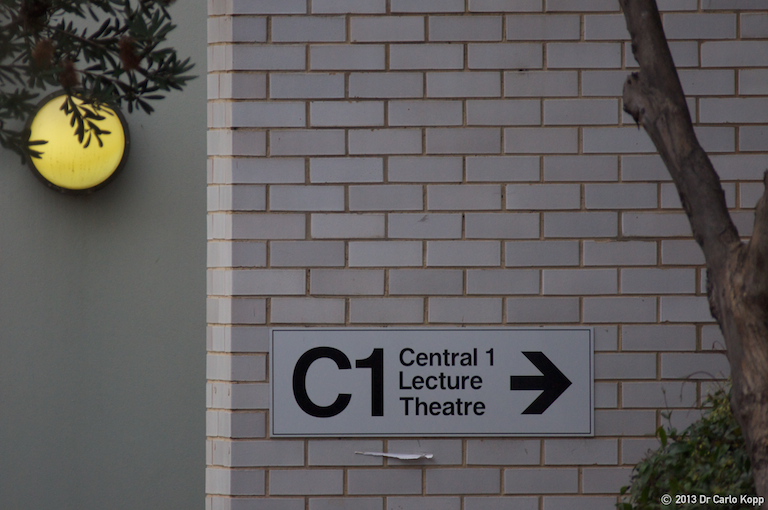 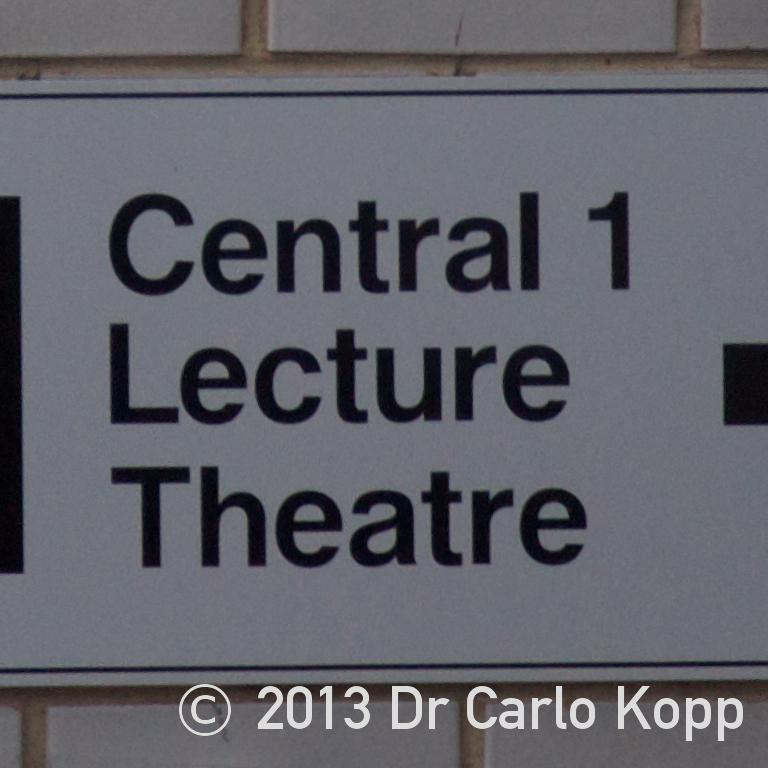 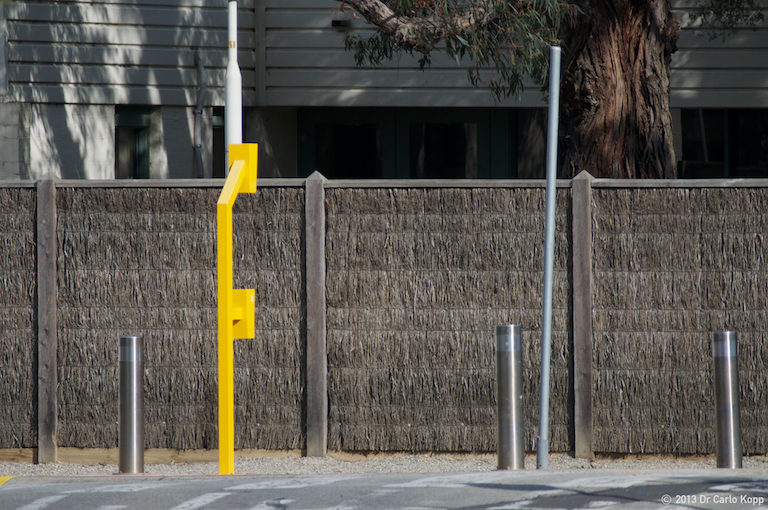 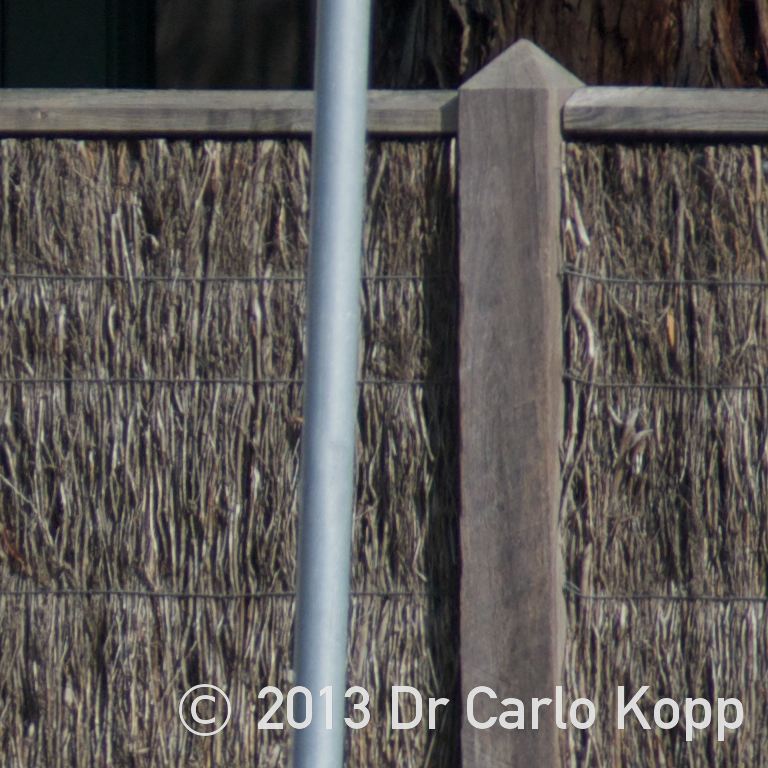   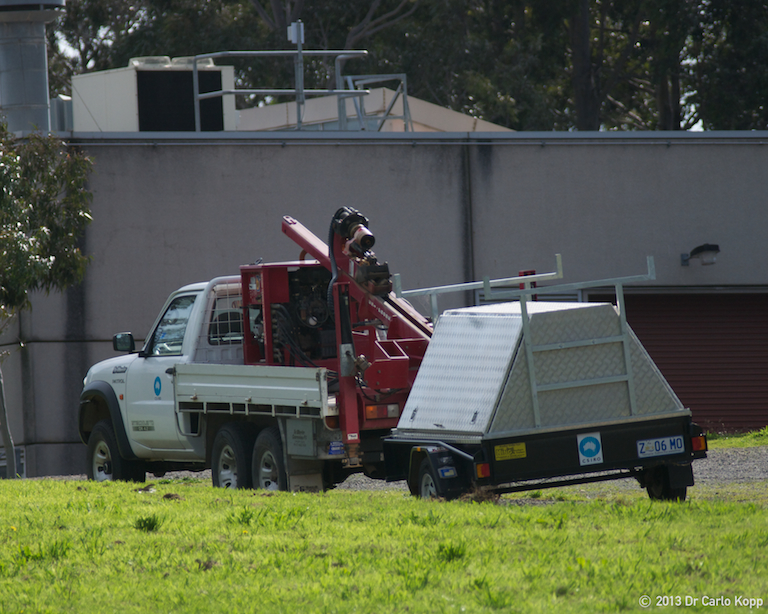 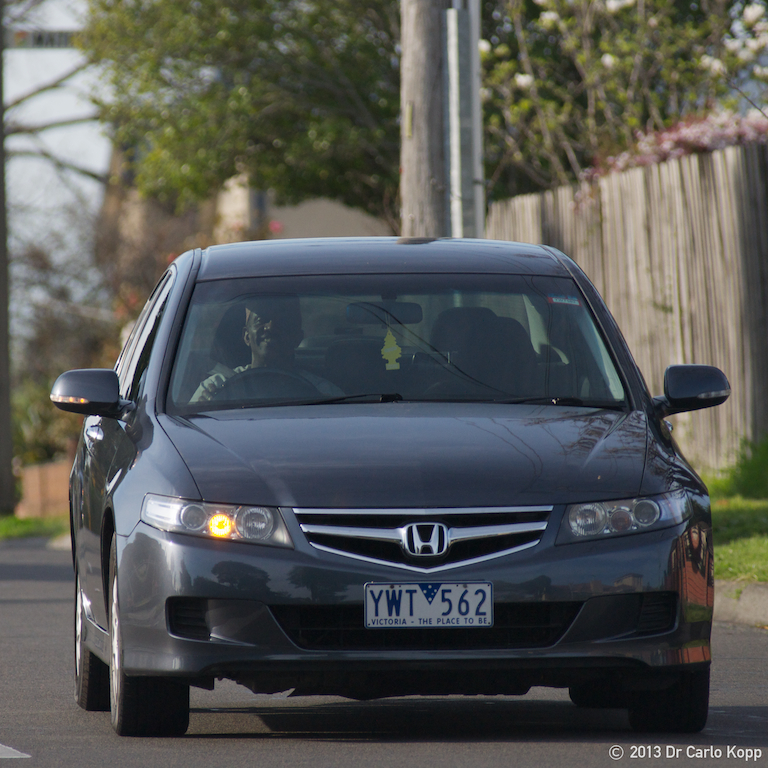 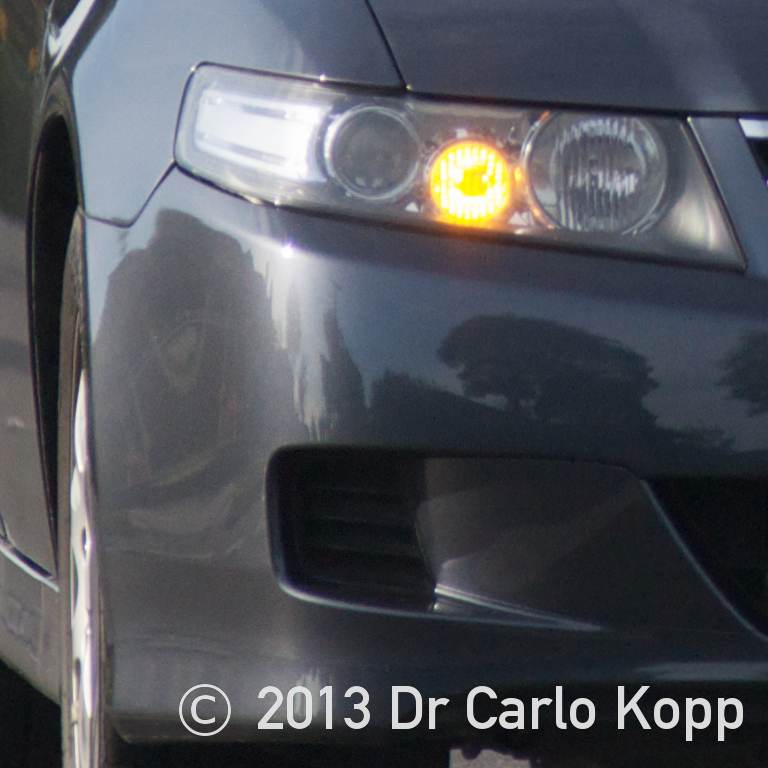 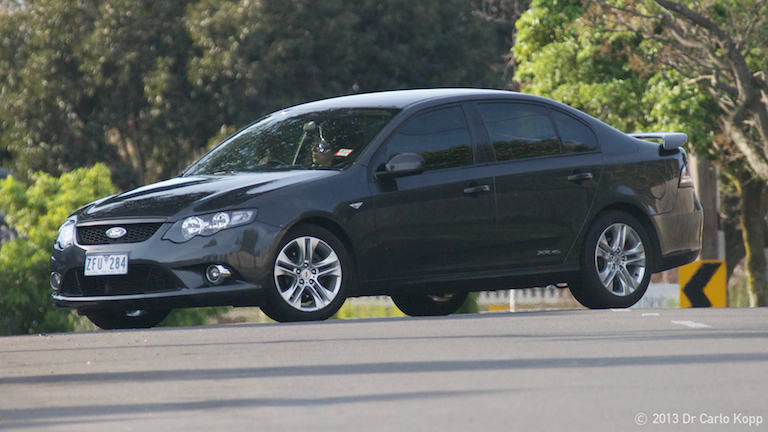 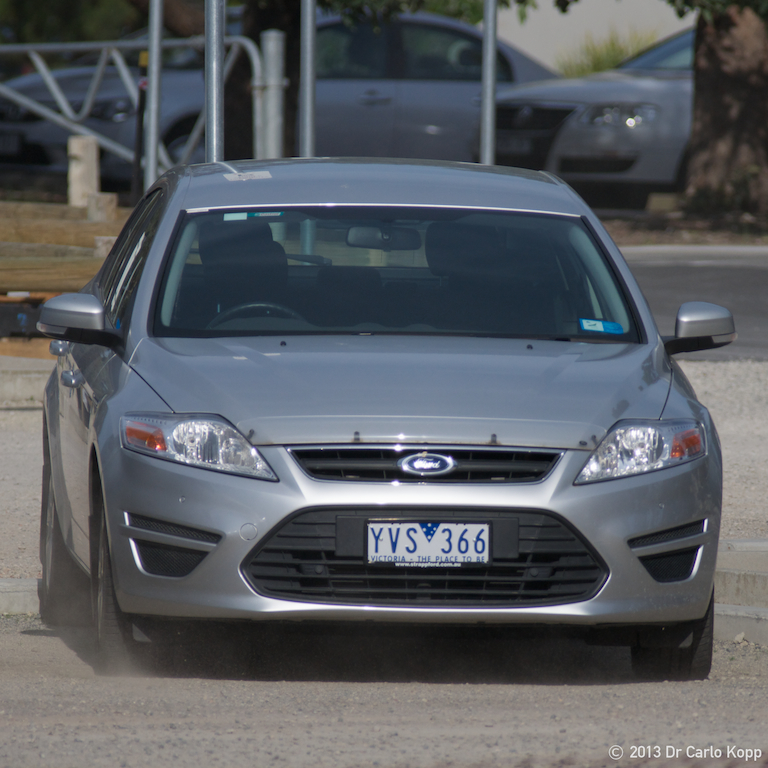 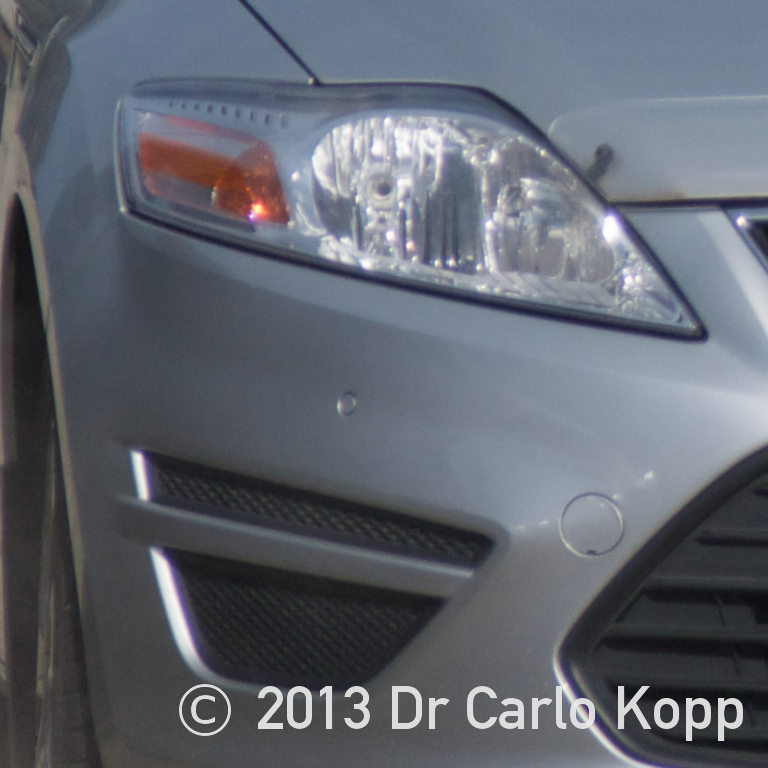 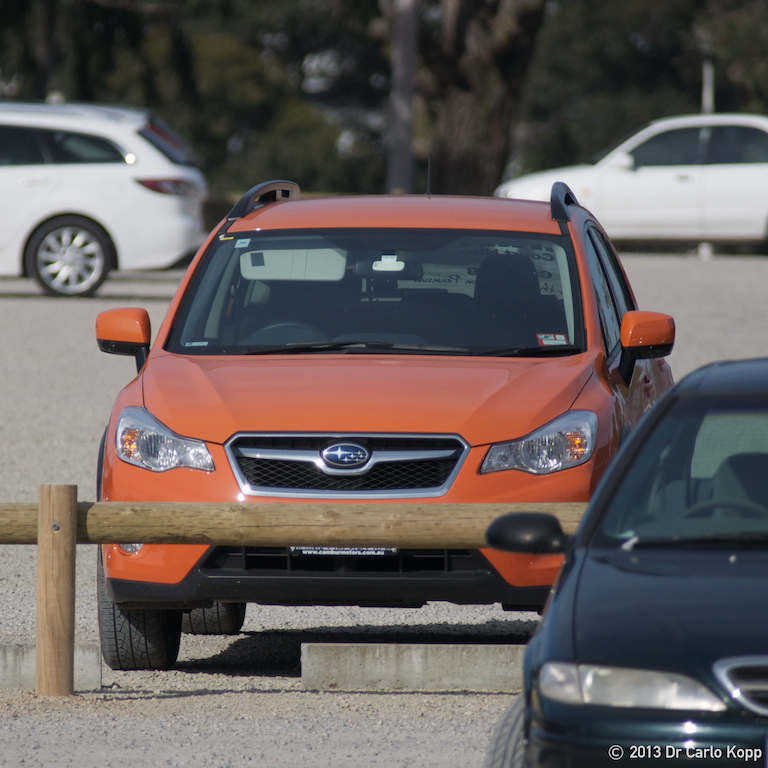 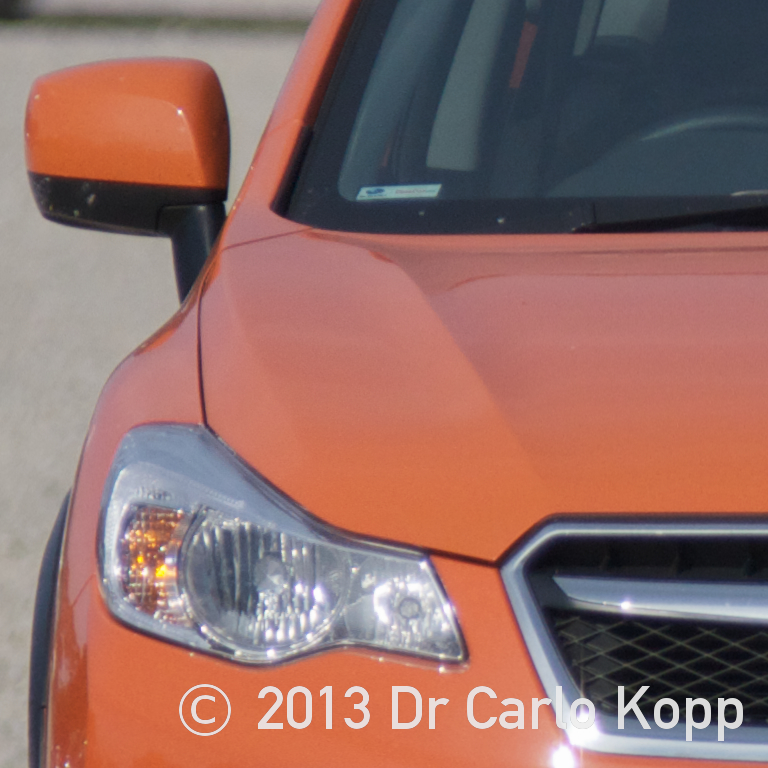 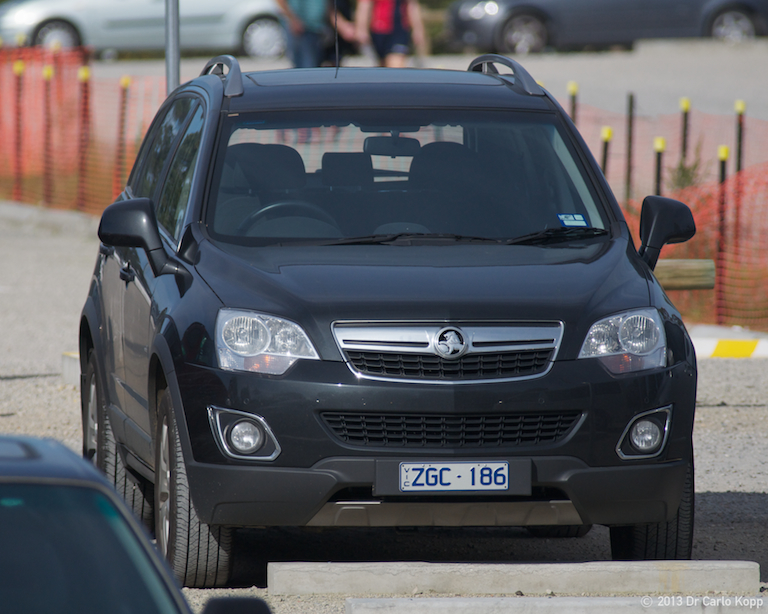          |
||||||||||||||||||||||||
Sigma AF
400mm f/5.6 APO Handheld
|
||||||||||||||||||||||||
|
Focal Length: 400mm [eq. 600mm in FX] Aperture: f/5.6 - f/11.0 ISO: Auto Nikon Control Law Shutter: Auto Nikon Control Law Metadata: EXIF, IPTC Notes: some images have
highlight overexposure corrections with Aperture 3; multiple images
corrected
for contrast.
|
||||||||||||||||||||||||
 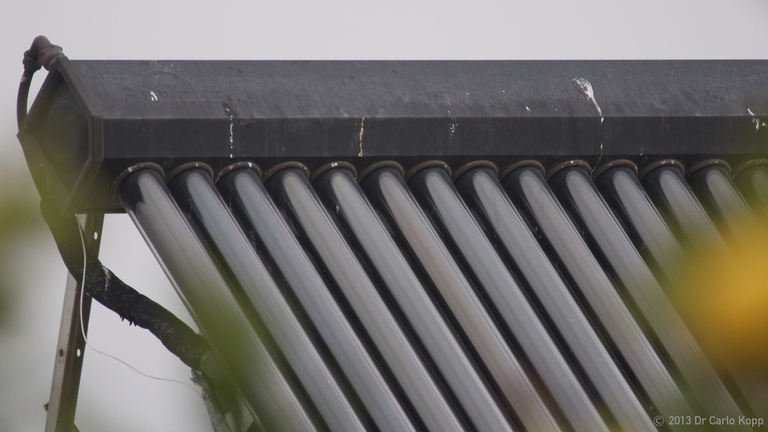 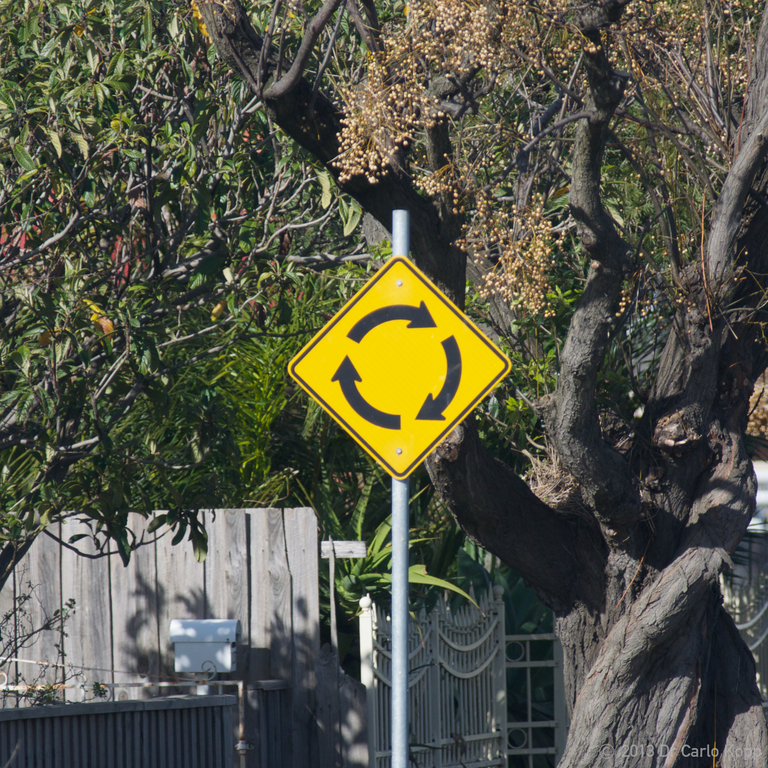 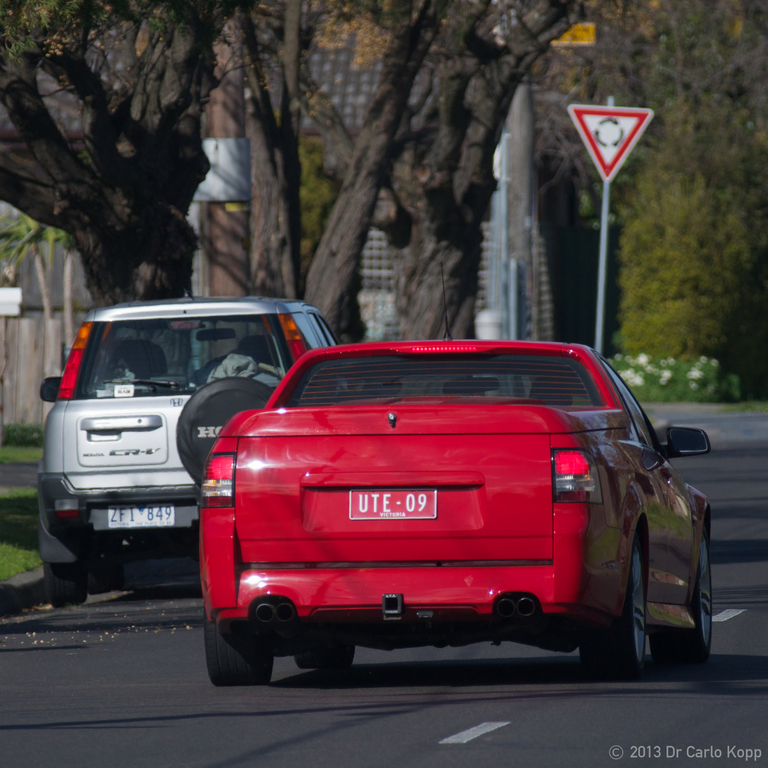 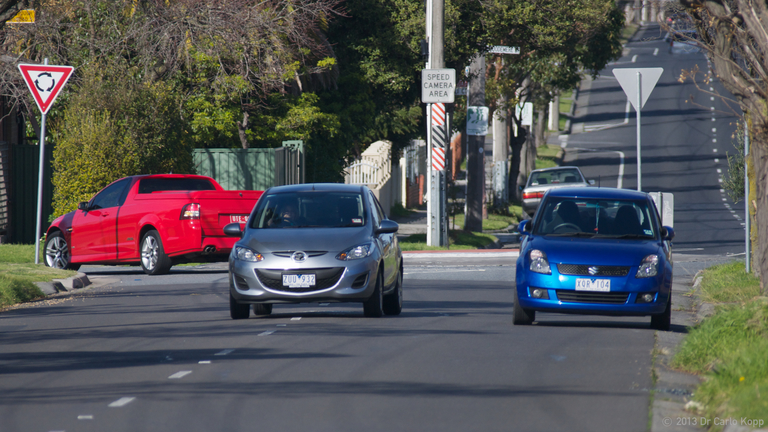 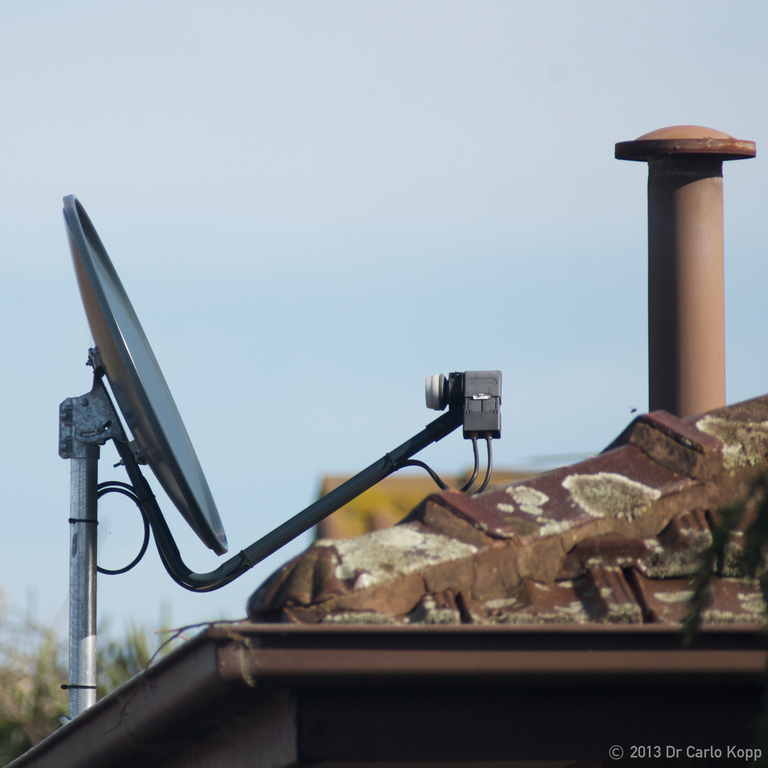     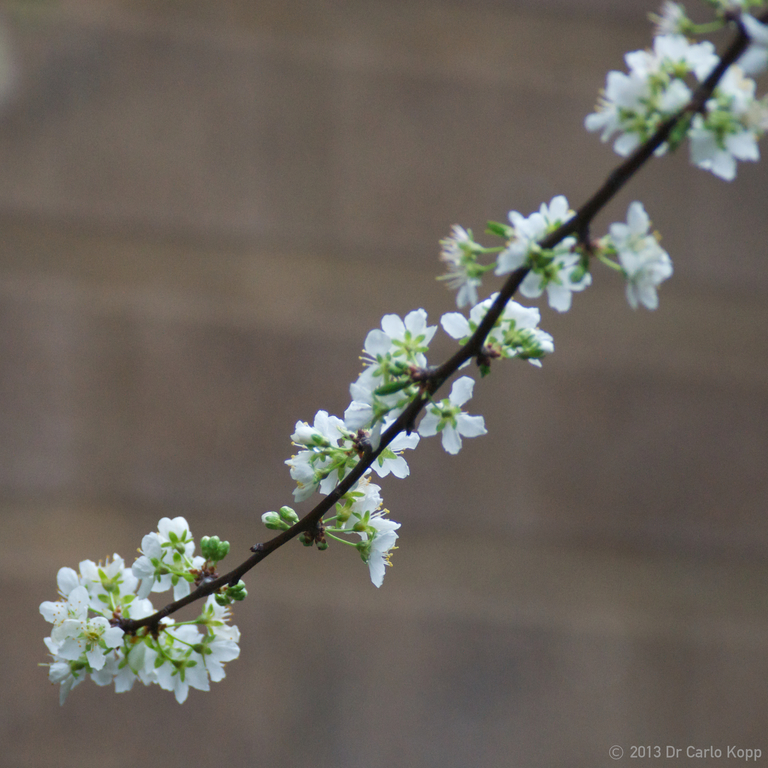 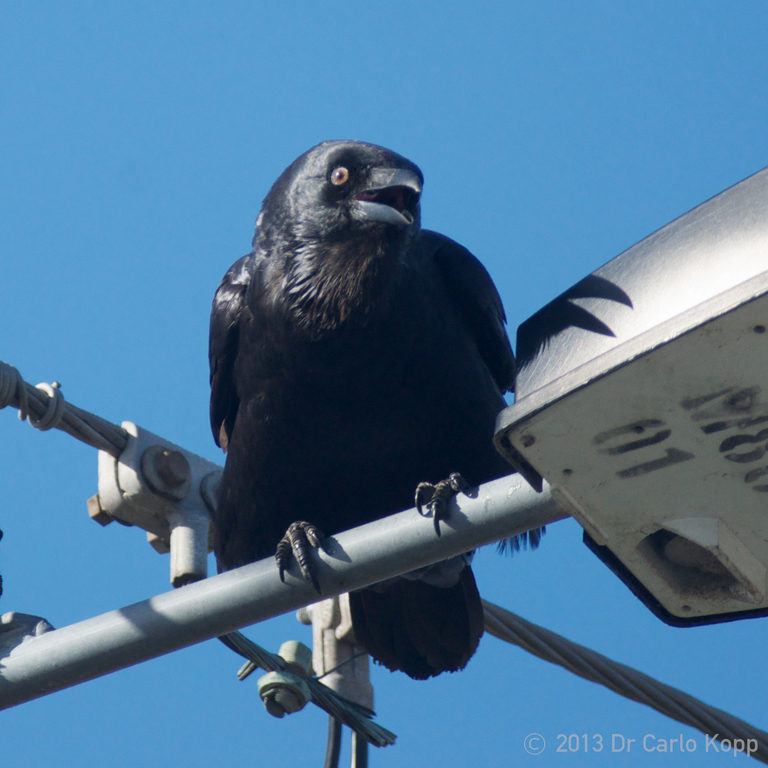  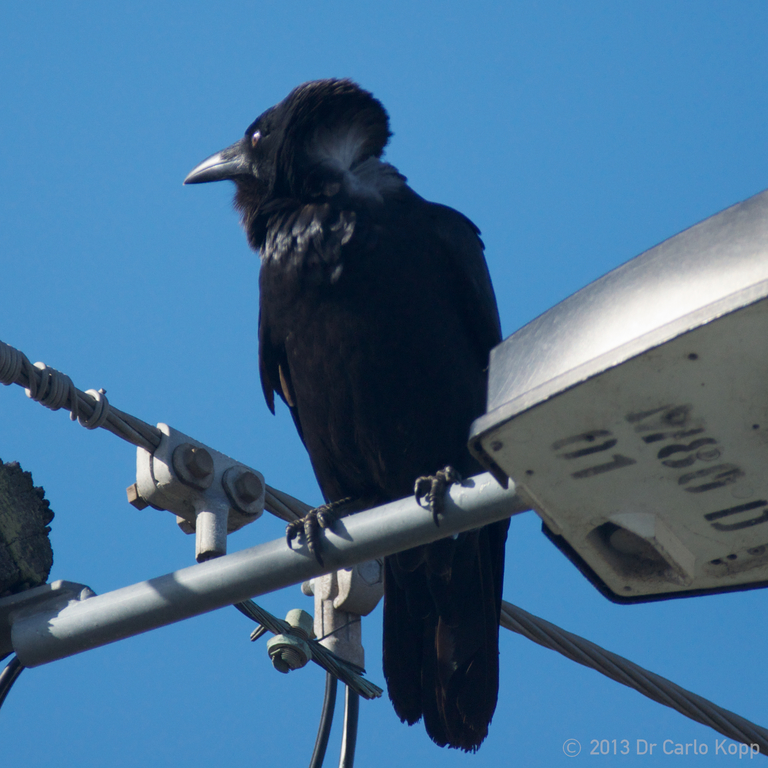   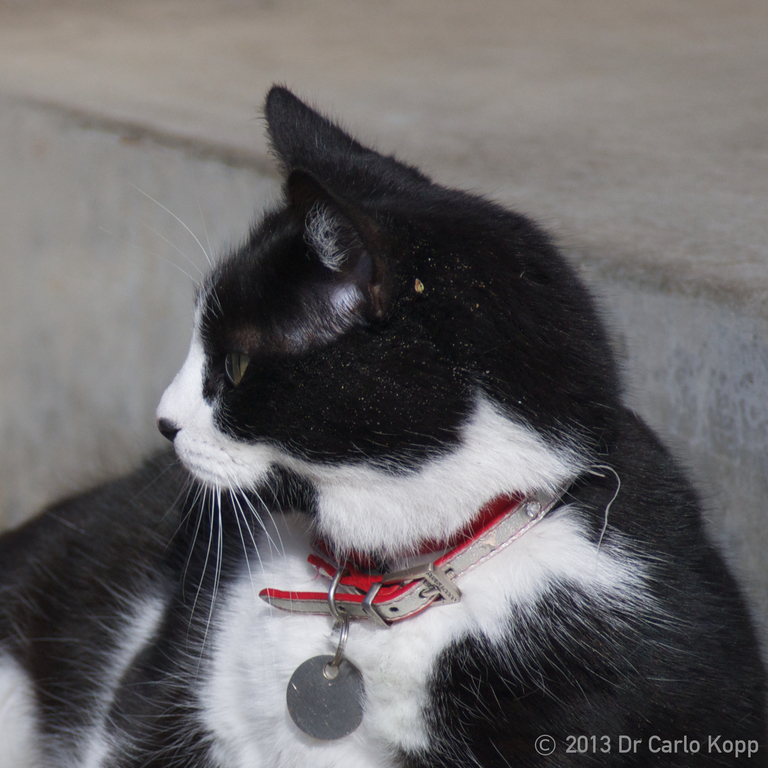    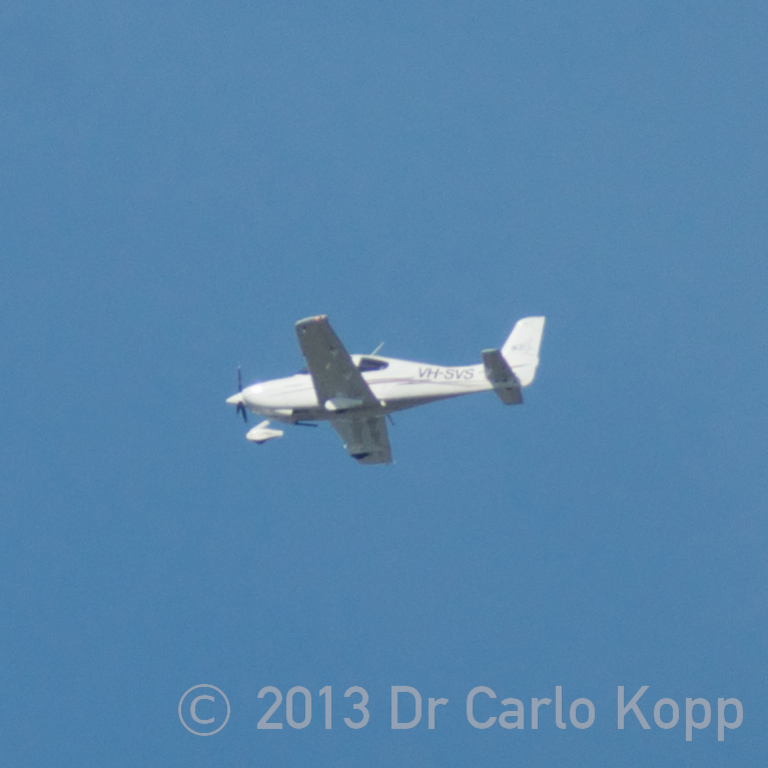 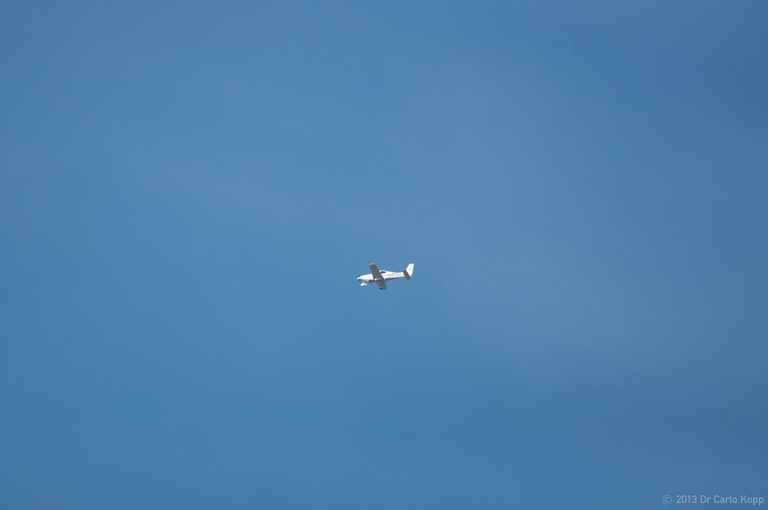 |
||||||||||||||||||||||||
Sigma AF
400mm f/5.6 APO / Tamron-F 1.4XN MC4 / LP III Monopod
|
||||||||||||||||||||||||
|
Focal Length: 560mm [eq. 840mm in FX] Aperture: f/5.6 eq. f/8.0 ISO: Auto Nikon Control Law Shutter: Auto Nikon Control Law Metadata: EXIF, IPTC Notes: detail crops are 1:1 768^2 pixels for comparison; highlight overexposure corrections with Aperture 3; one image corrected for contrast. |
||||||||||||||||||||||||
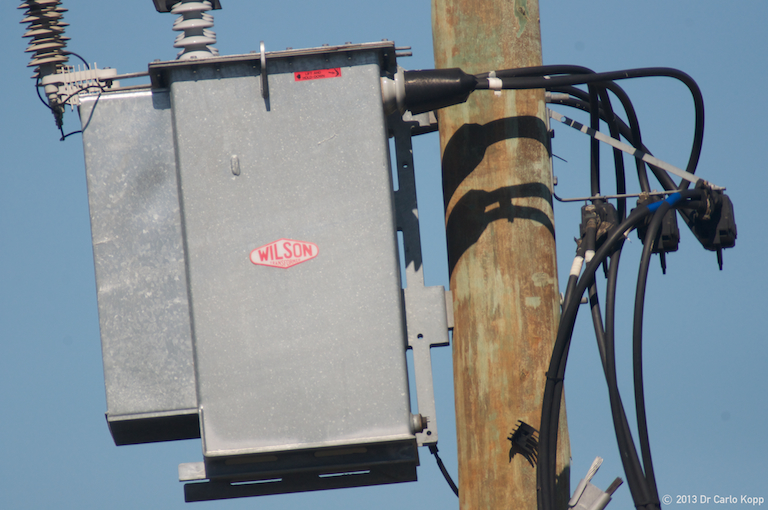 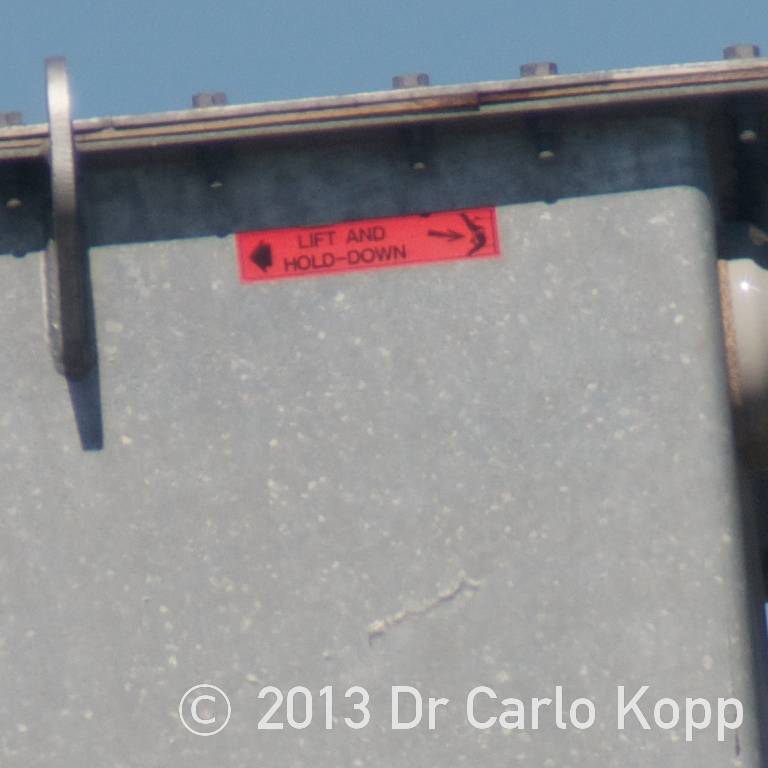 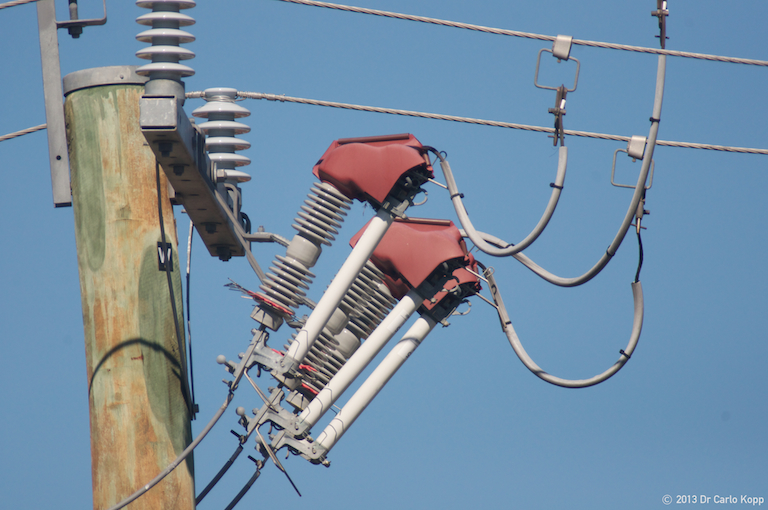 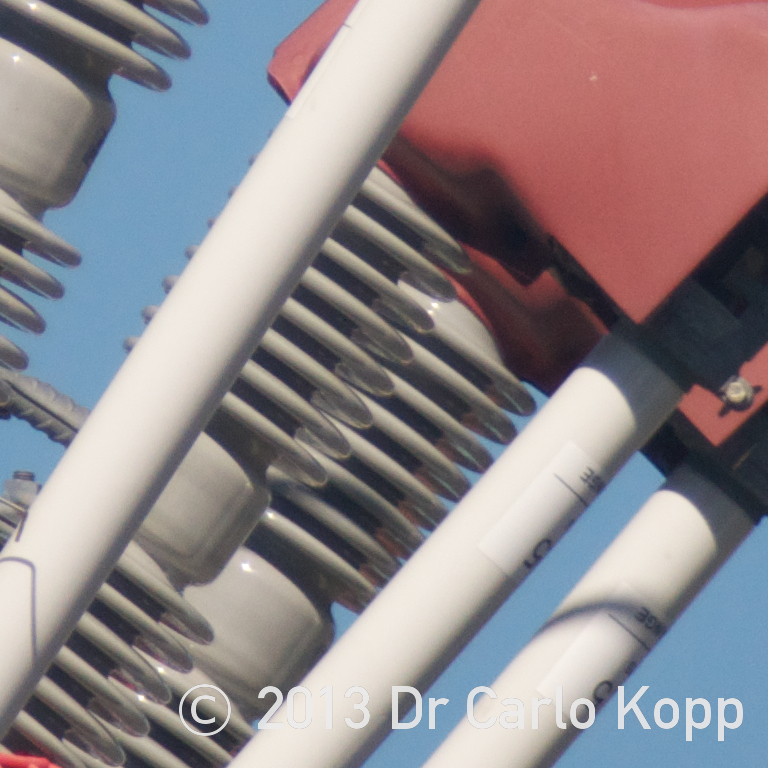 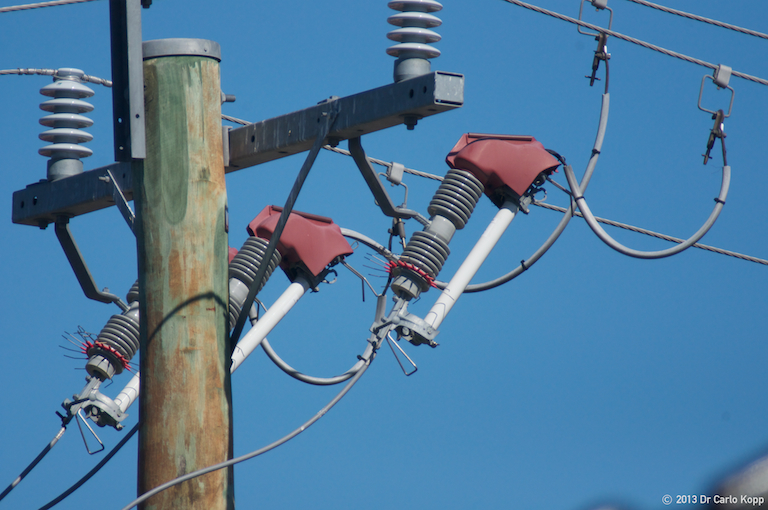 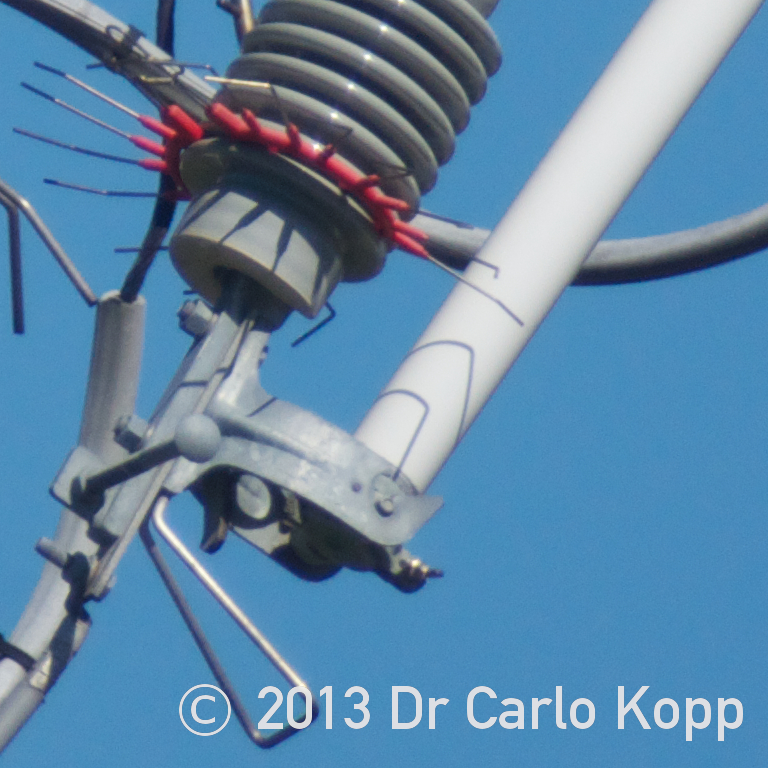 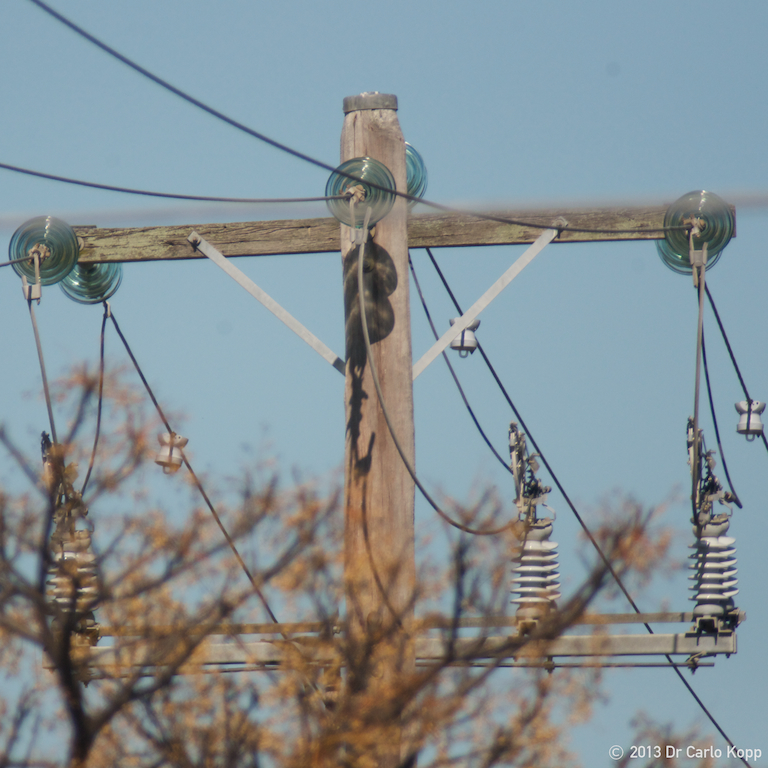 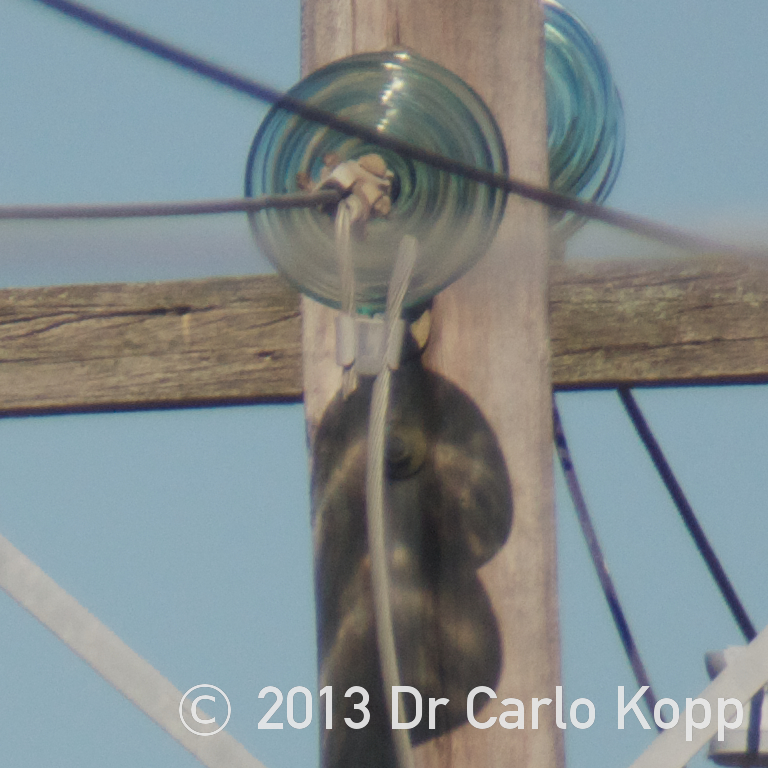 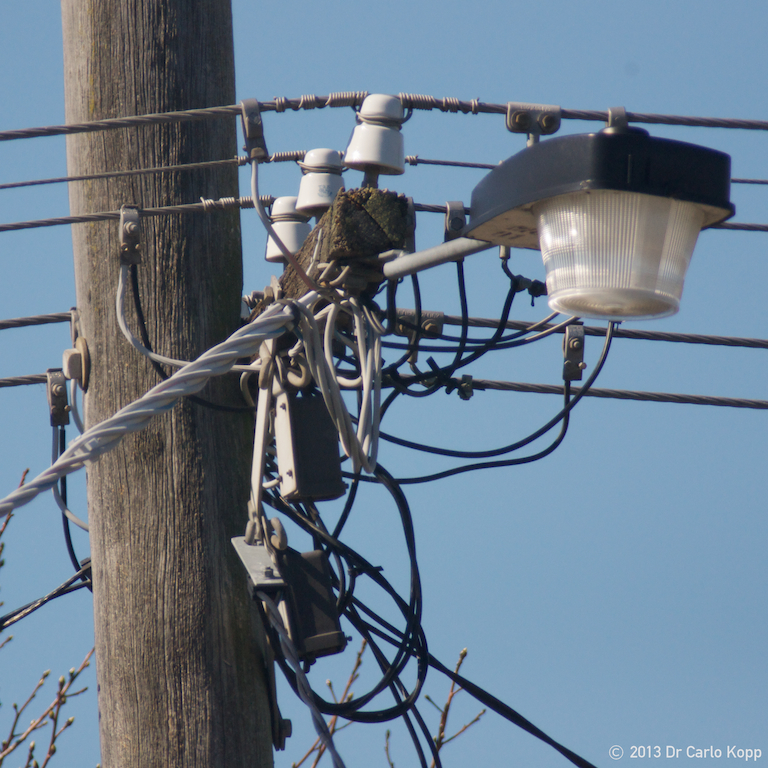 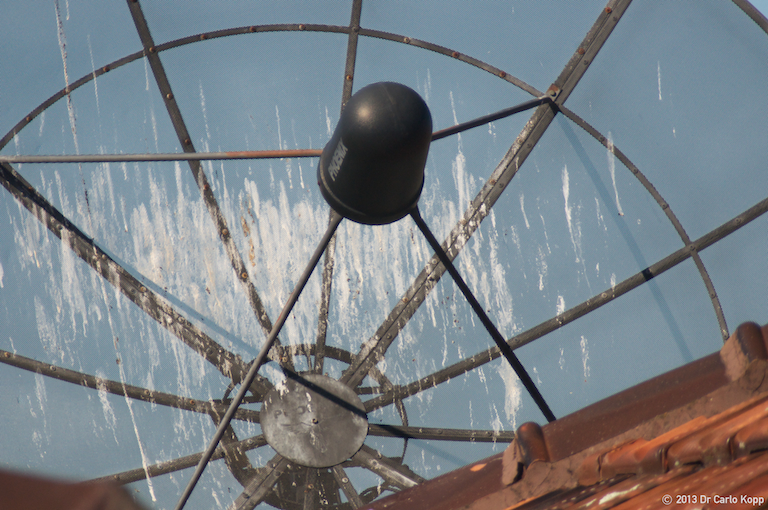 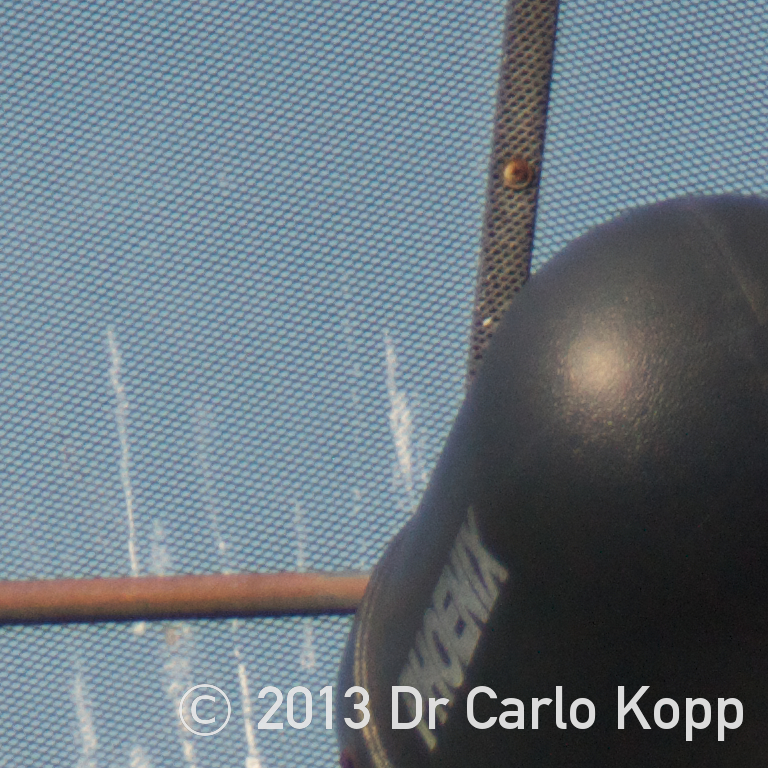 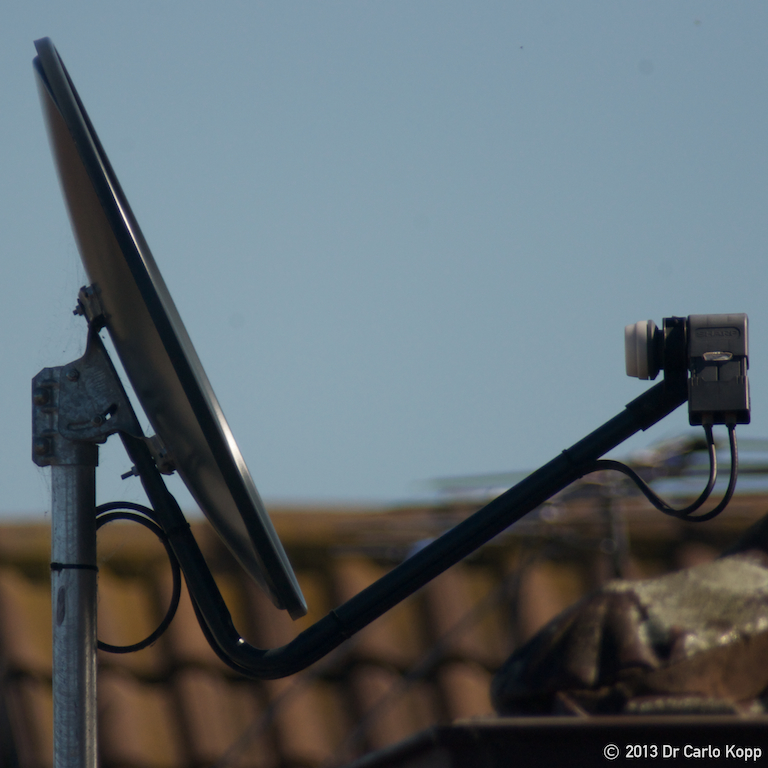 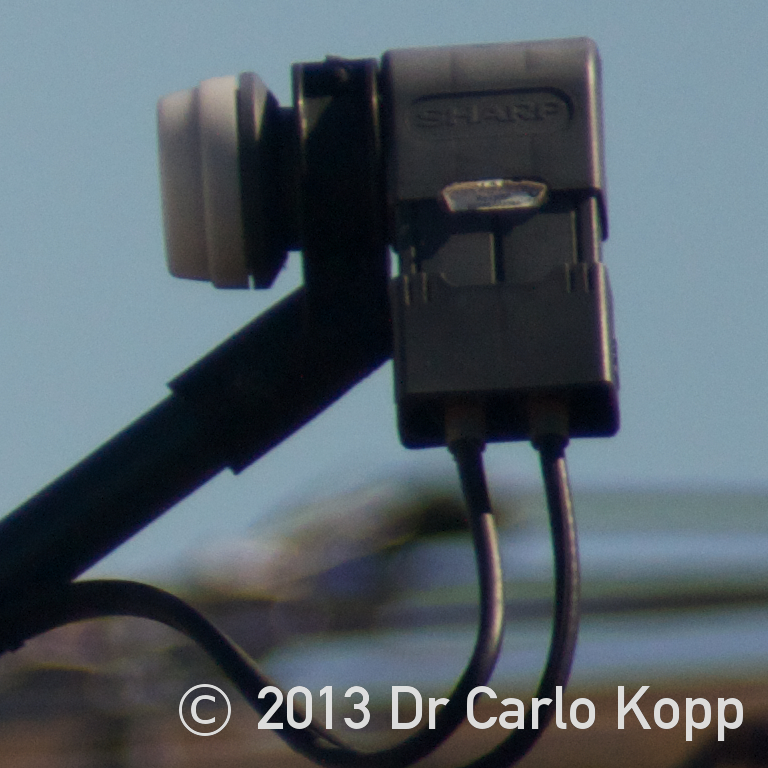 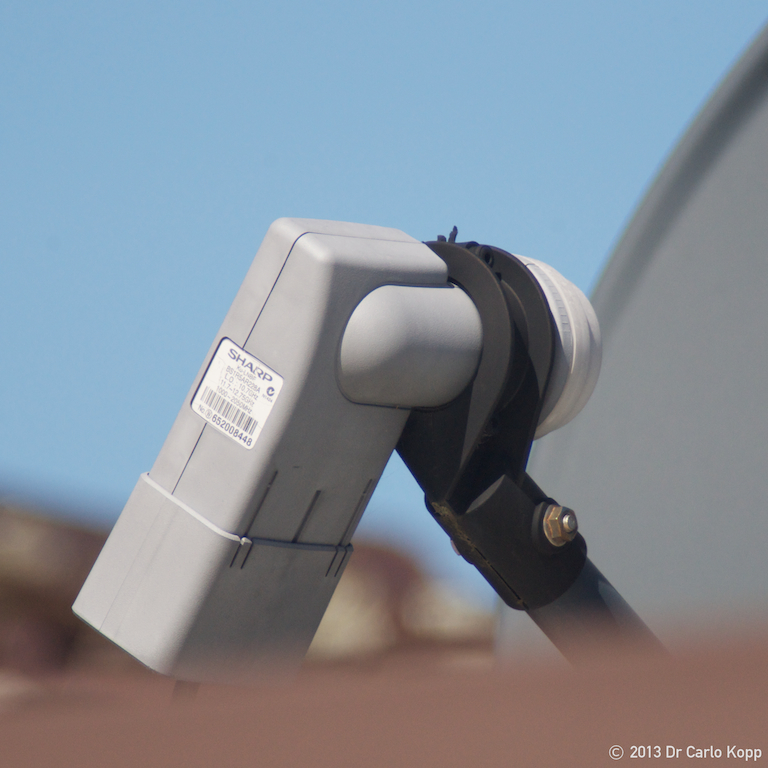 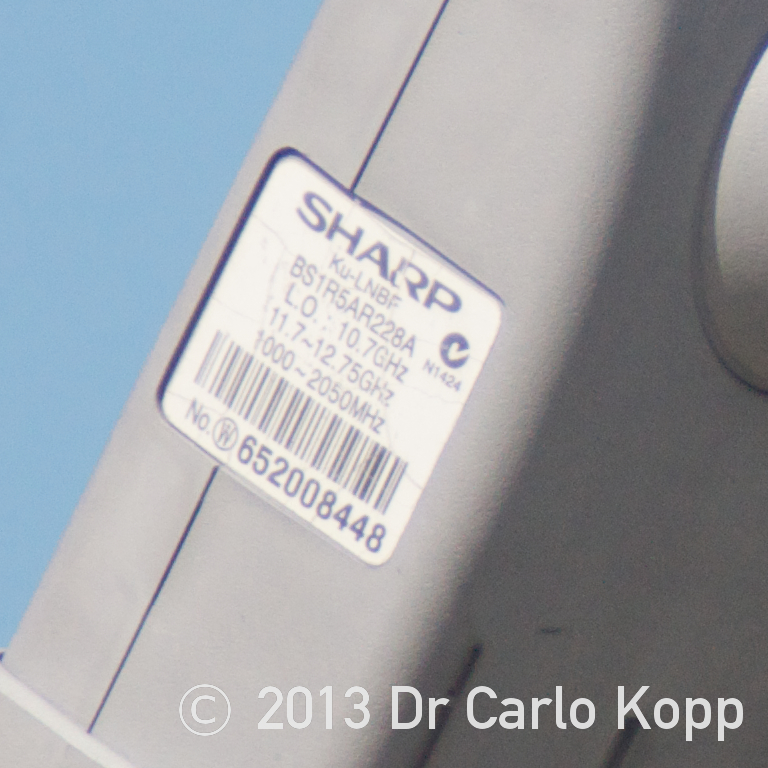 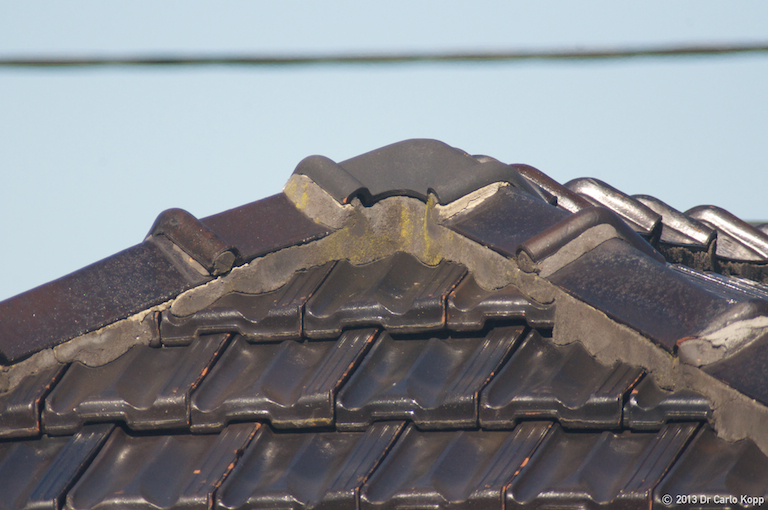 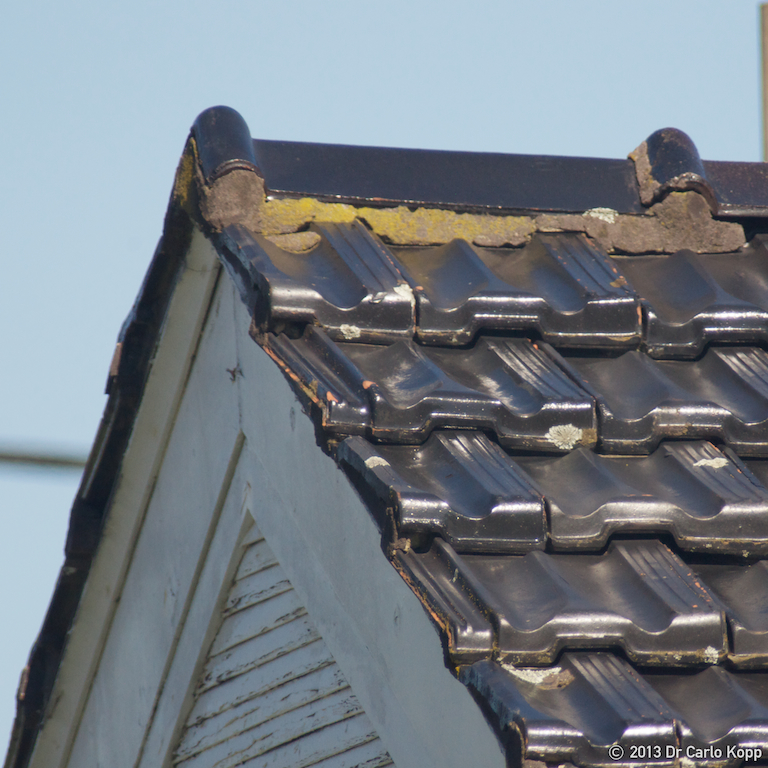 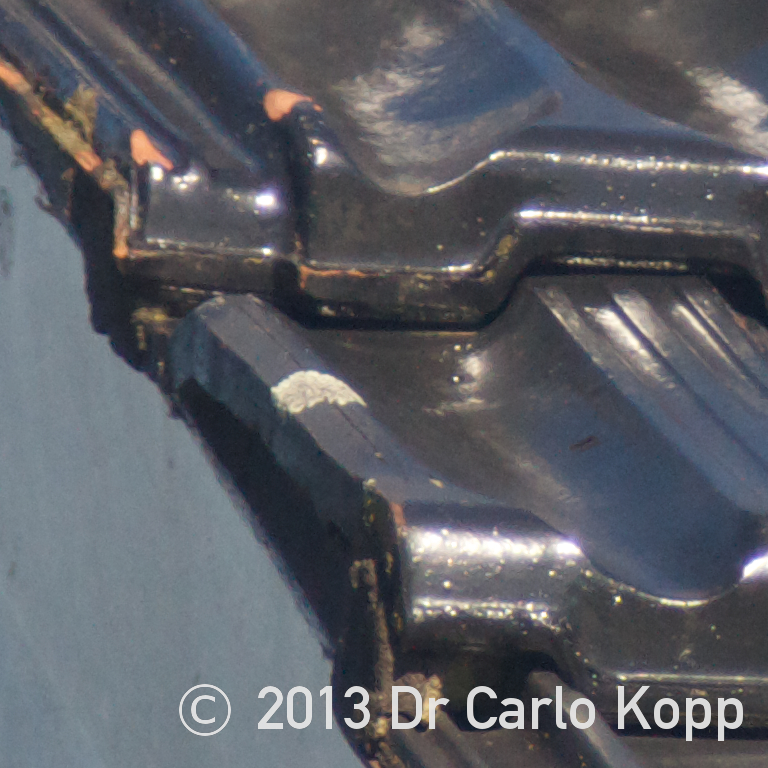    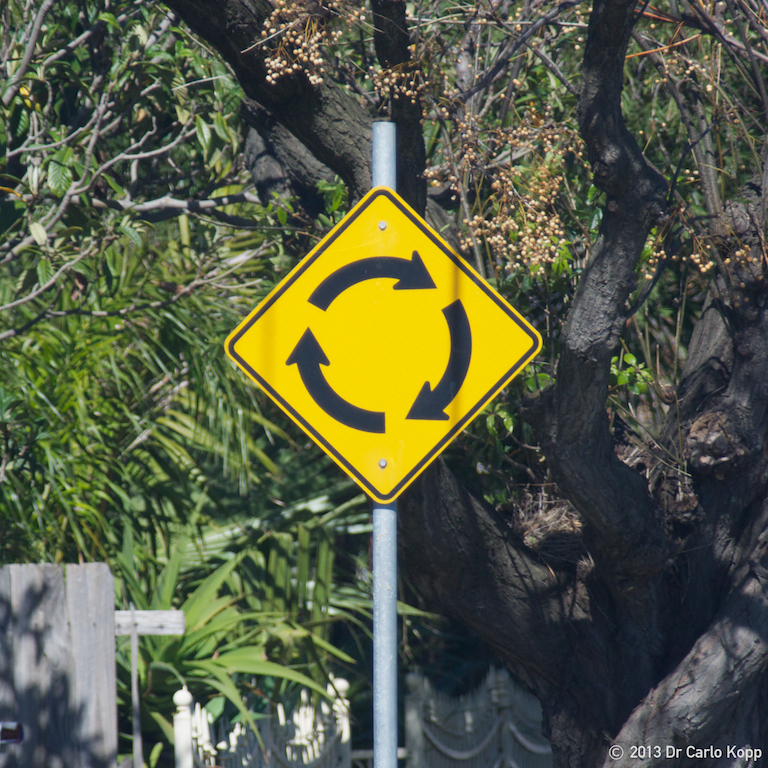 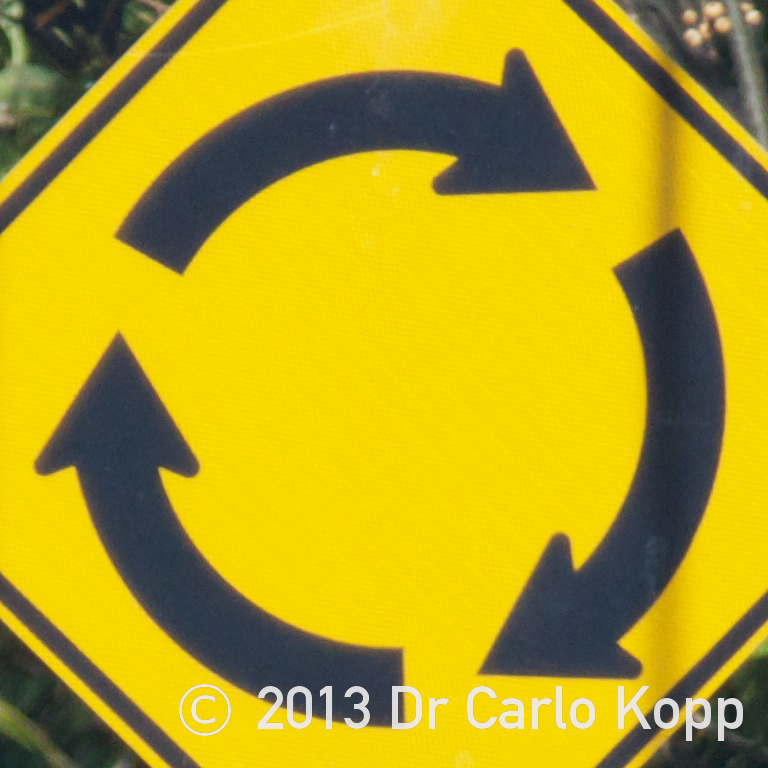 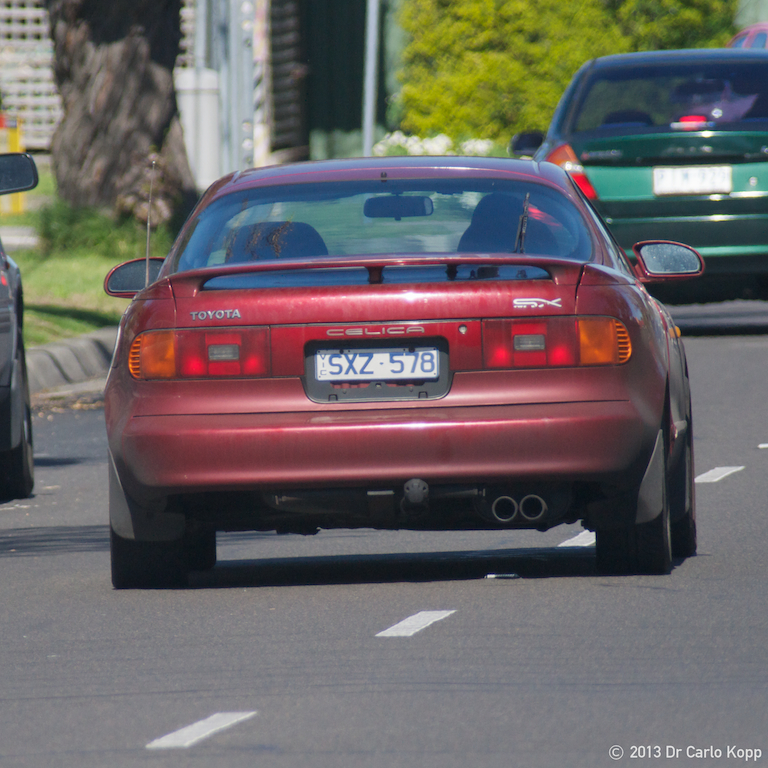 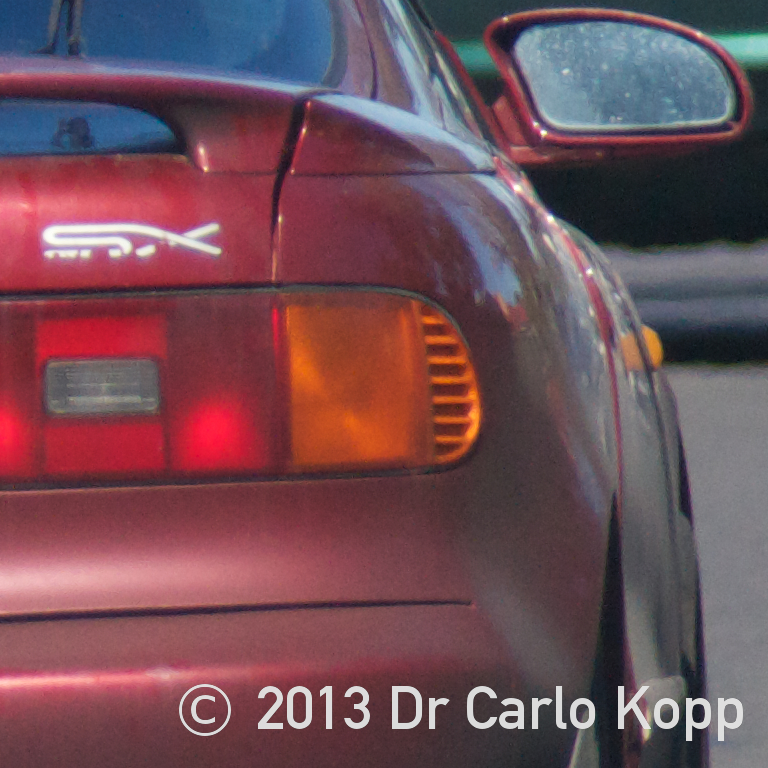 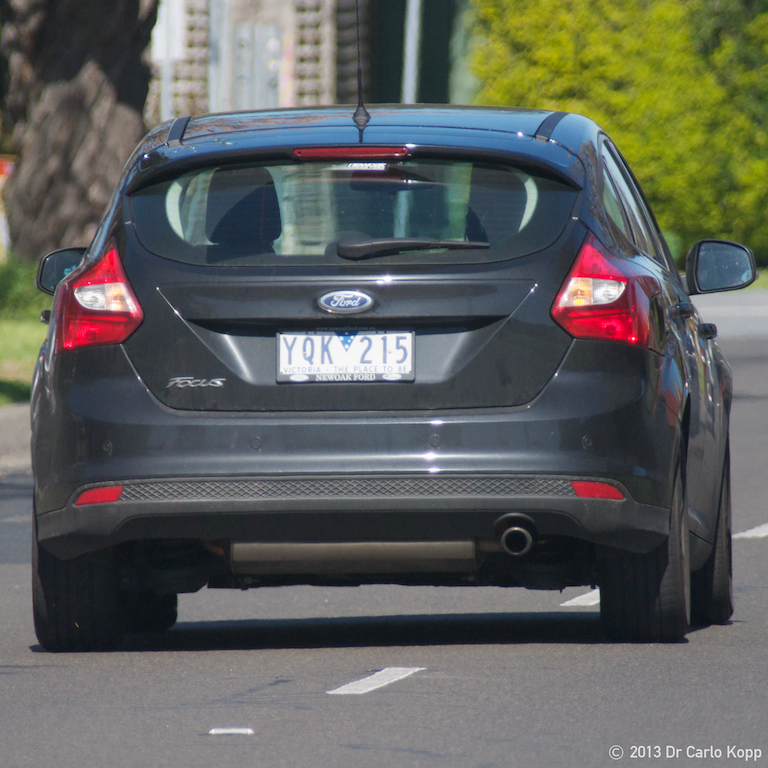 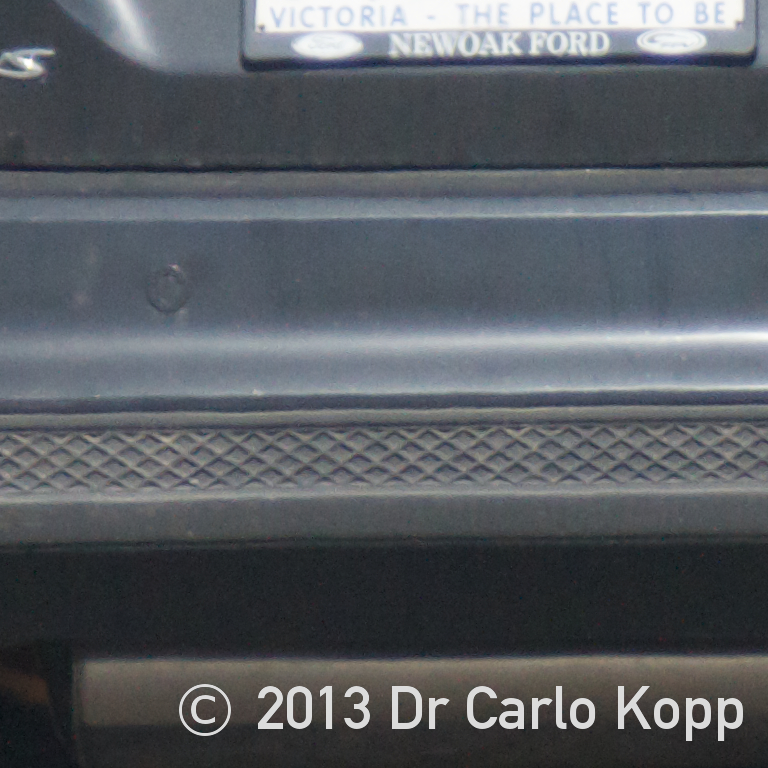 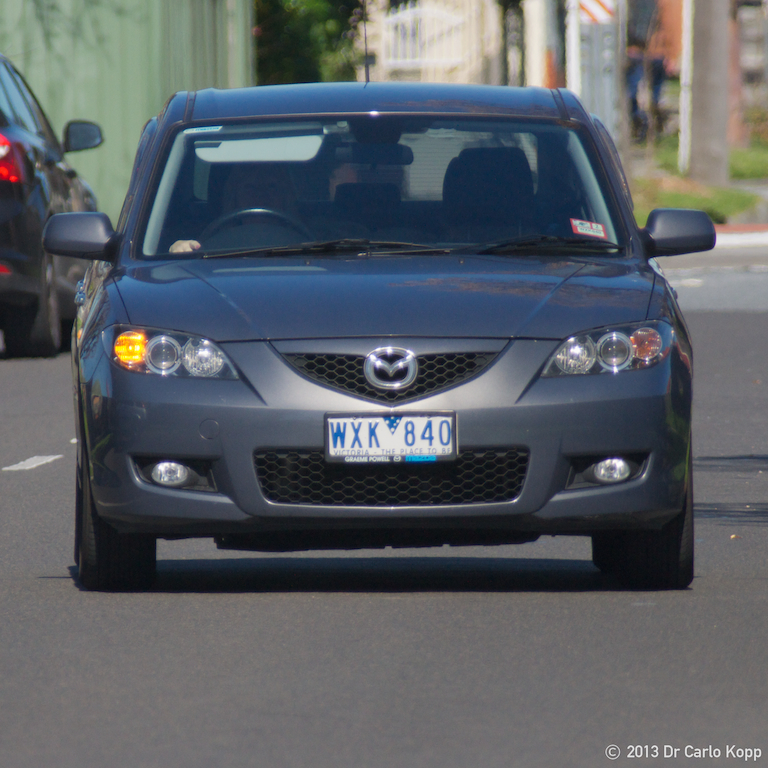 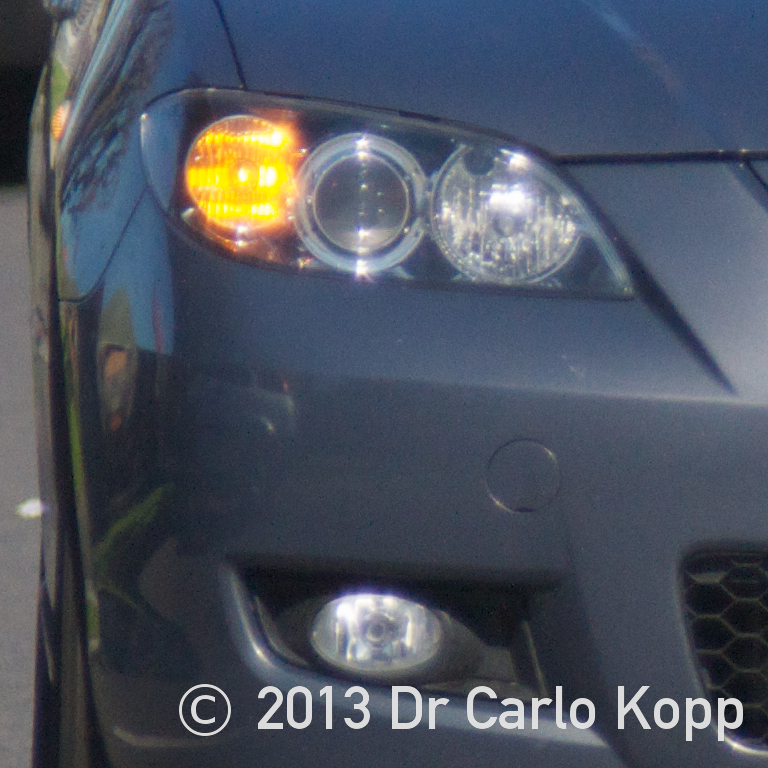 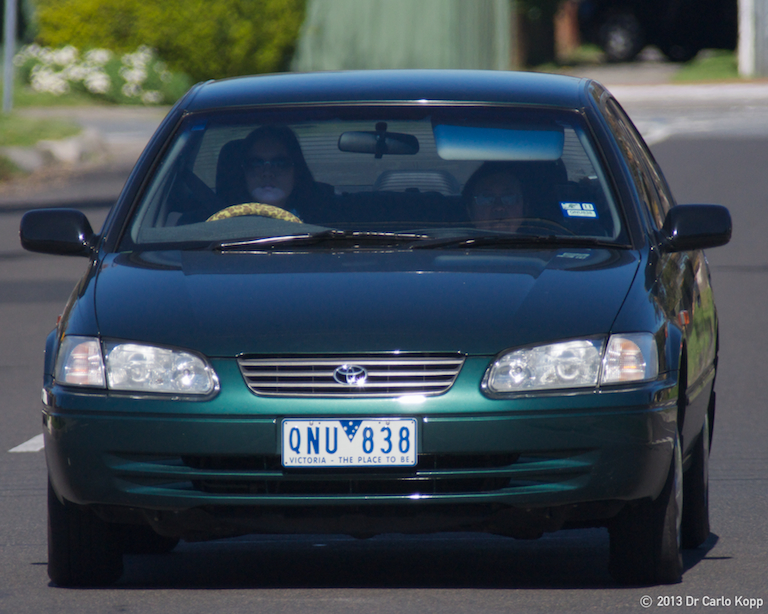 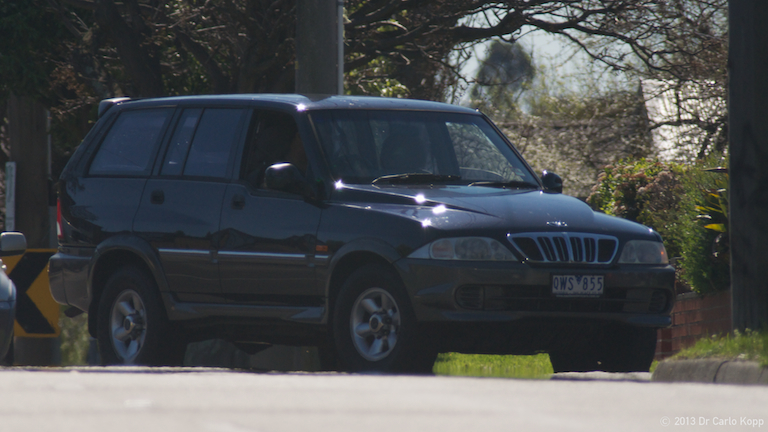      [Contrast adjusted in this image]    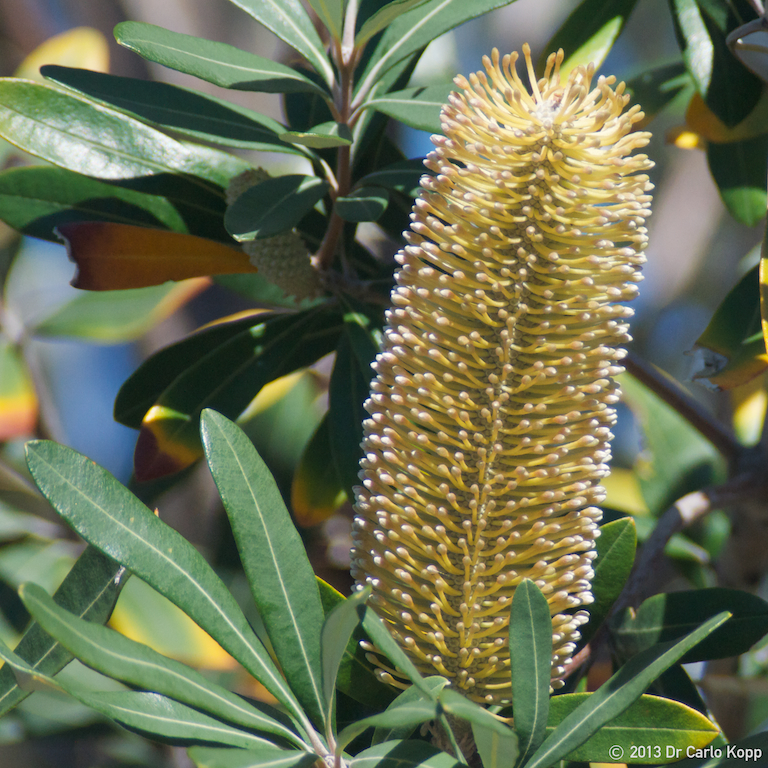 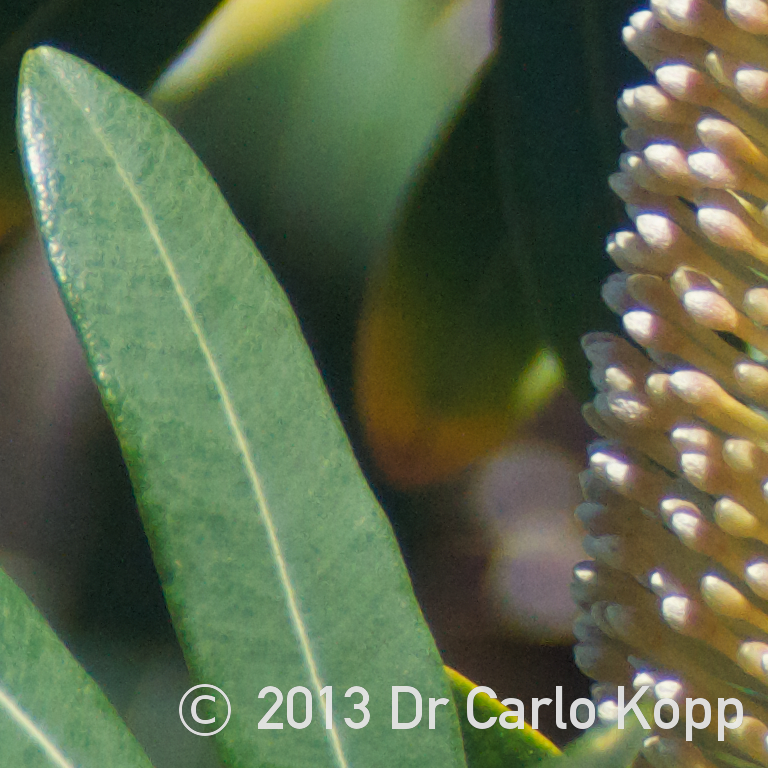 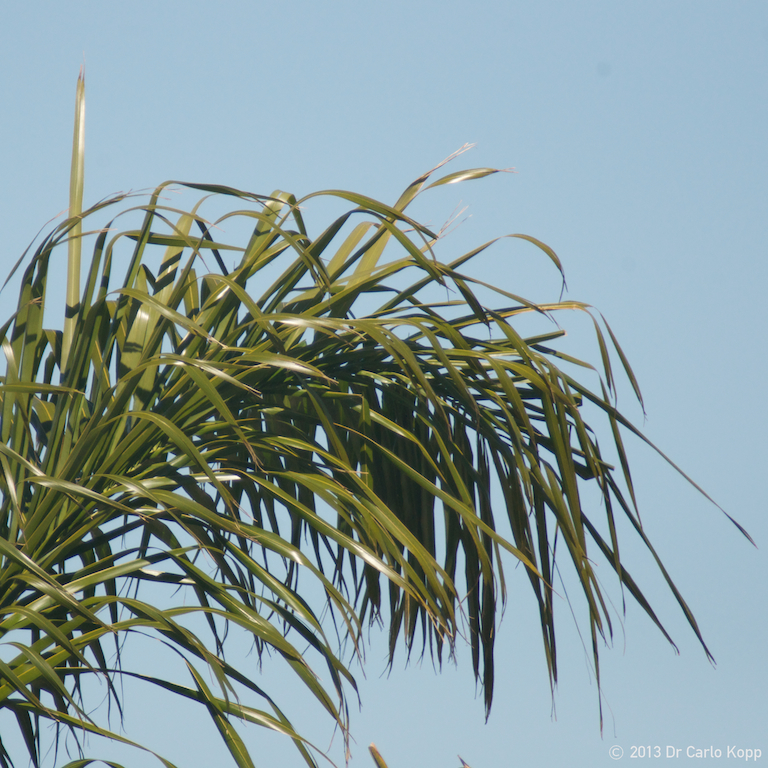  |
||||||||||||||||||||||||
Sigma AF
400mm f/5.6 APO / Tamron-F 1.4XN MC4 Handheld
|
||||||||||||||||||||||||
|
Focal Length: 560mm [eq. 840mm in FX] Aperture: f/5.6 - f/8.0 eq. f/8.0 - f/11.0 ISO: Auto Nikon Control Law Shutter: Auto Nikon Control Law Metadata: EXIF, IPTC Notes: some images have
highlight overexposure corrections with Aperture 3; multiple images
corrected
for contrast.
|
||||||||||||||||||||||||
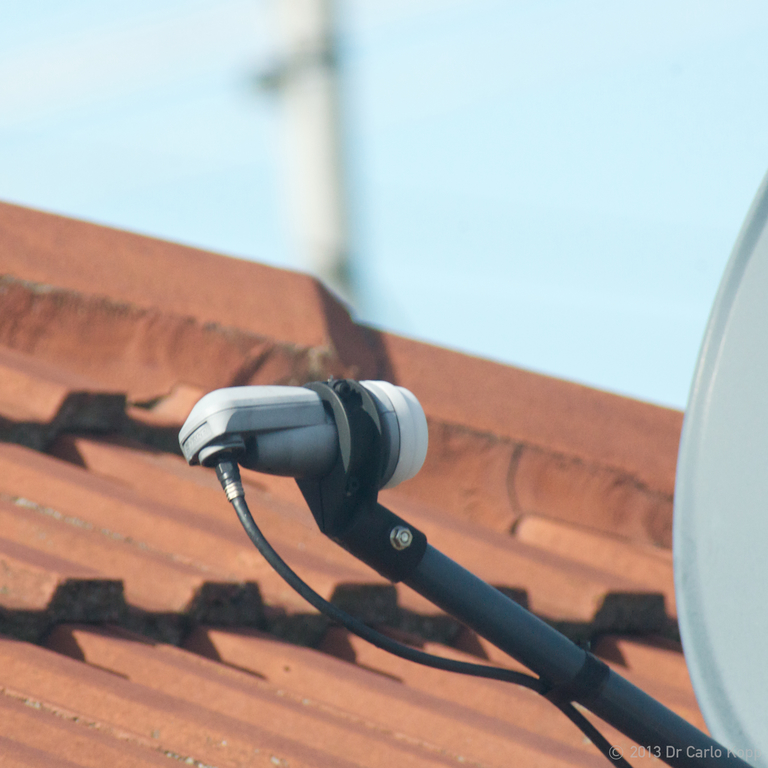  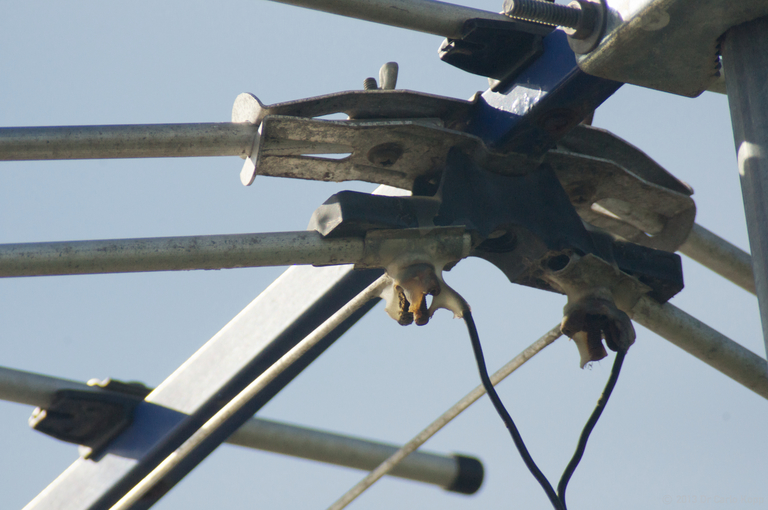  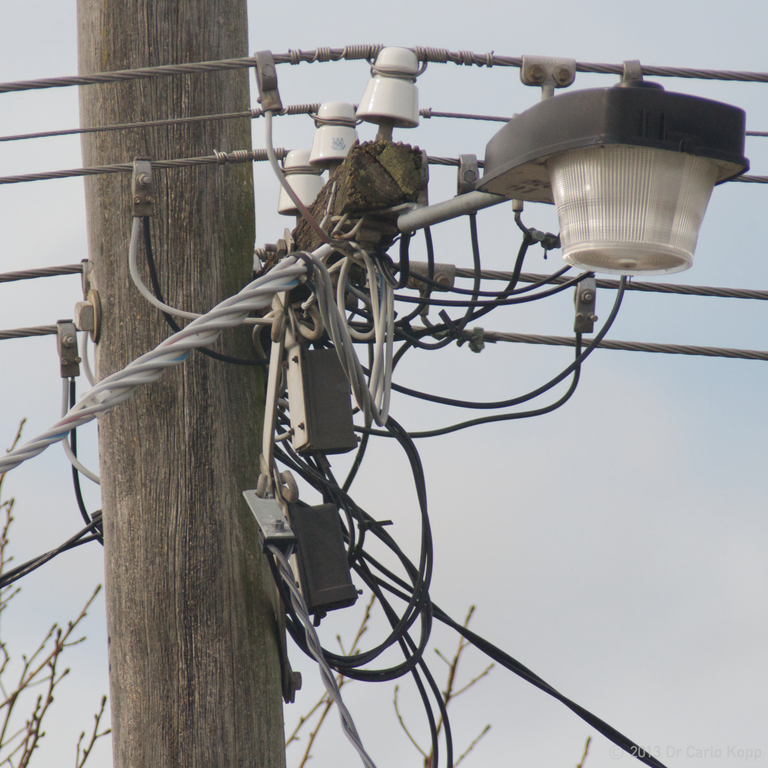   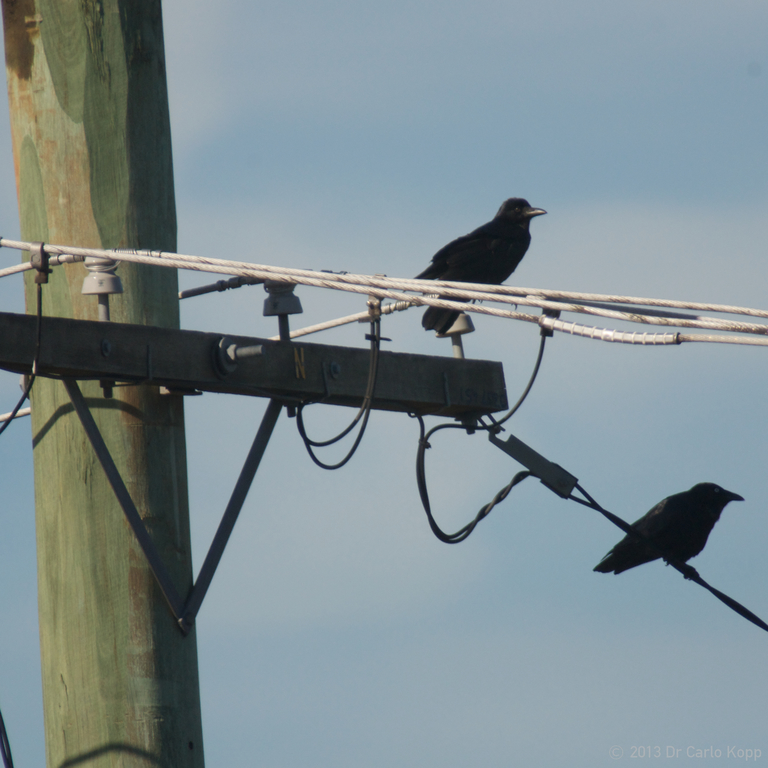 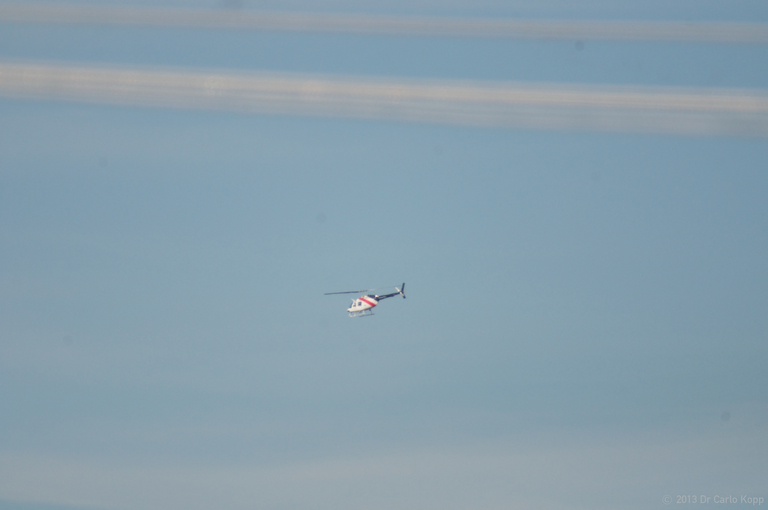 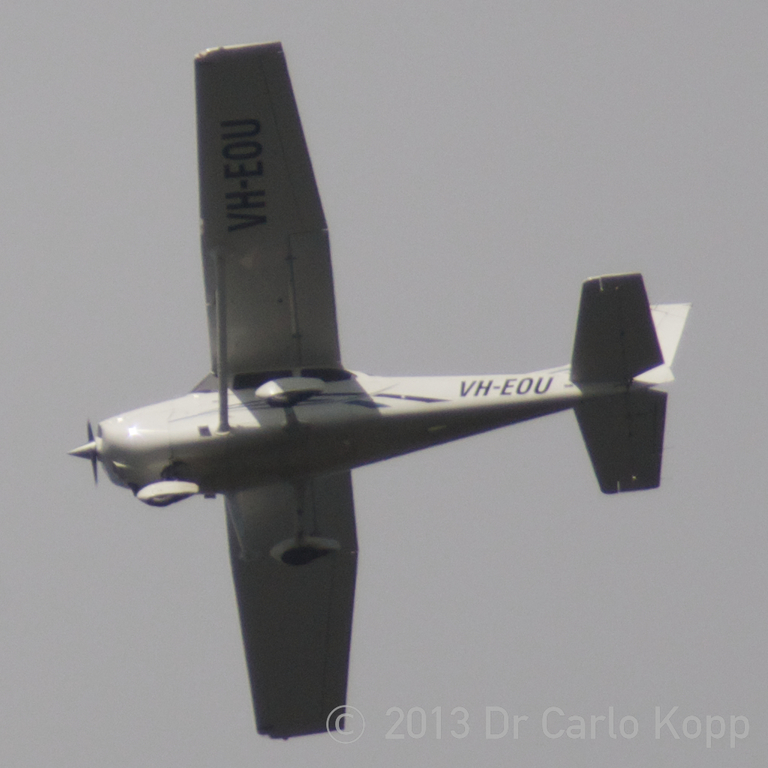 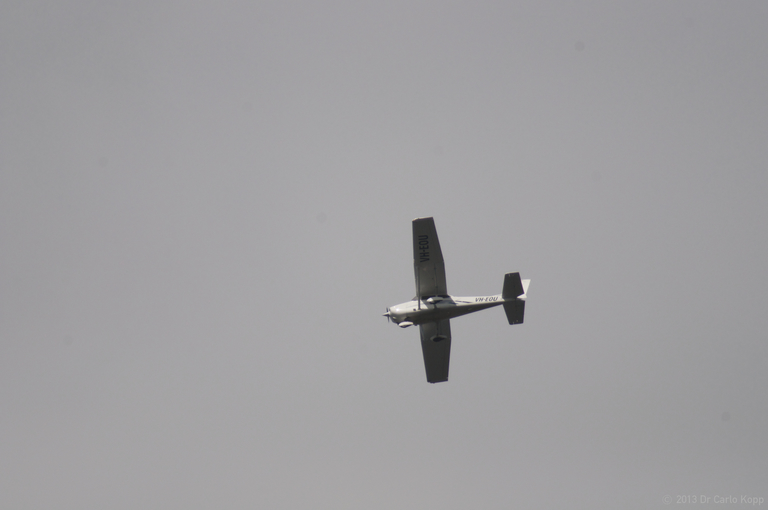 |
||||||||||||||||||||||||
|
Photos
and
text © 2013 Carlo
Kopp;
Photographs
produced
using
a Nikon D90, and some using a Tamron-F 1.4XN MC4 Teleconverter; almost
all
images produced in acceptance test or validation shoots.
Note: If you wish to view EXIF
metadata in the
DSLR images, the simplest solution is the FxIF Firefox
extension.
Please note that the focal length and aperture settings in the EXIF
data reflect the configuration of the lens, regardless of whether a
teleconverter is attached. This is because the teleconverter passes
digital messaging from the lens without decoding and regenerating it.
|
||||||||||||||||||||||||
|
Photos and text © 2013 Carlo Kopp |
||||||||||||||||||||||||
| |
||||||||||||||||||||||||
|
|||||||||||||||
| Artwork and text ż 1994 - 2010 Carlo Kopp; All rights reserved. |
| $Revision: 2.279 $ |